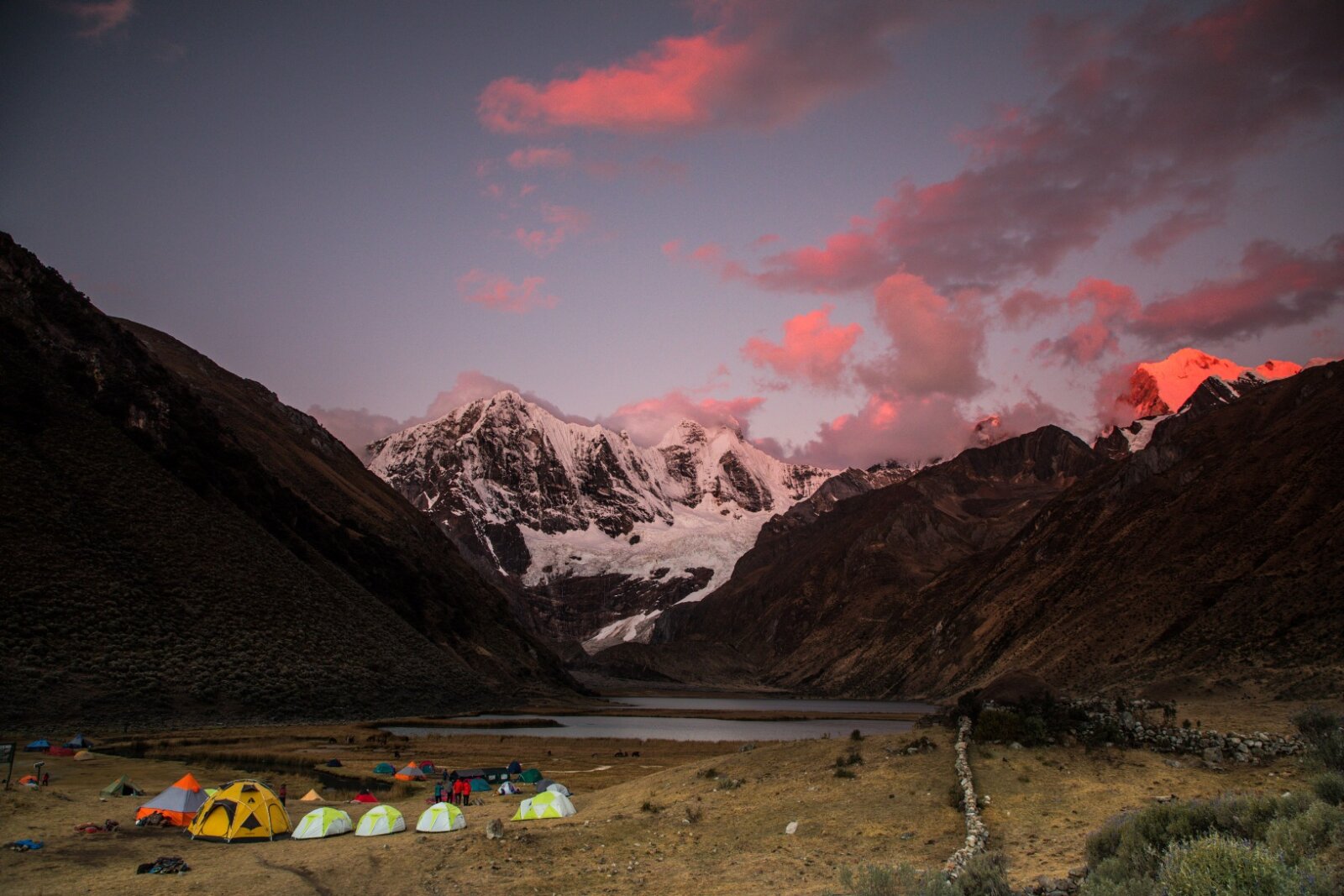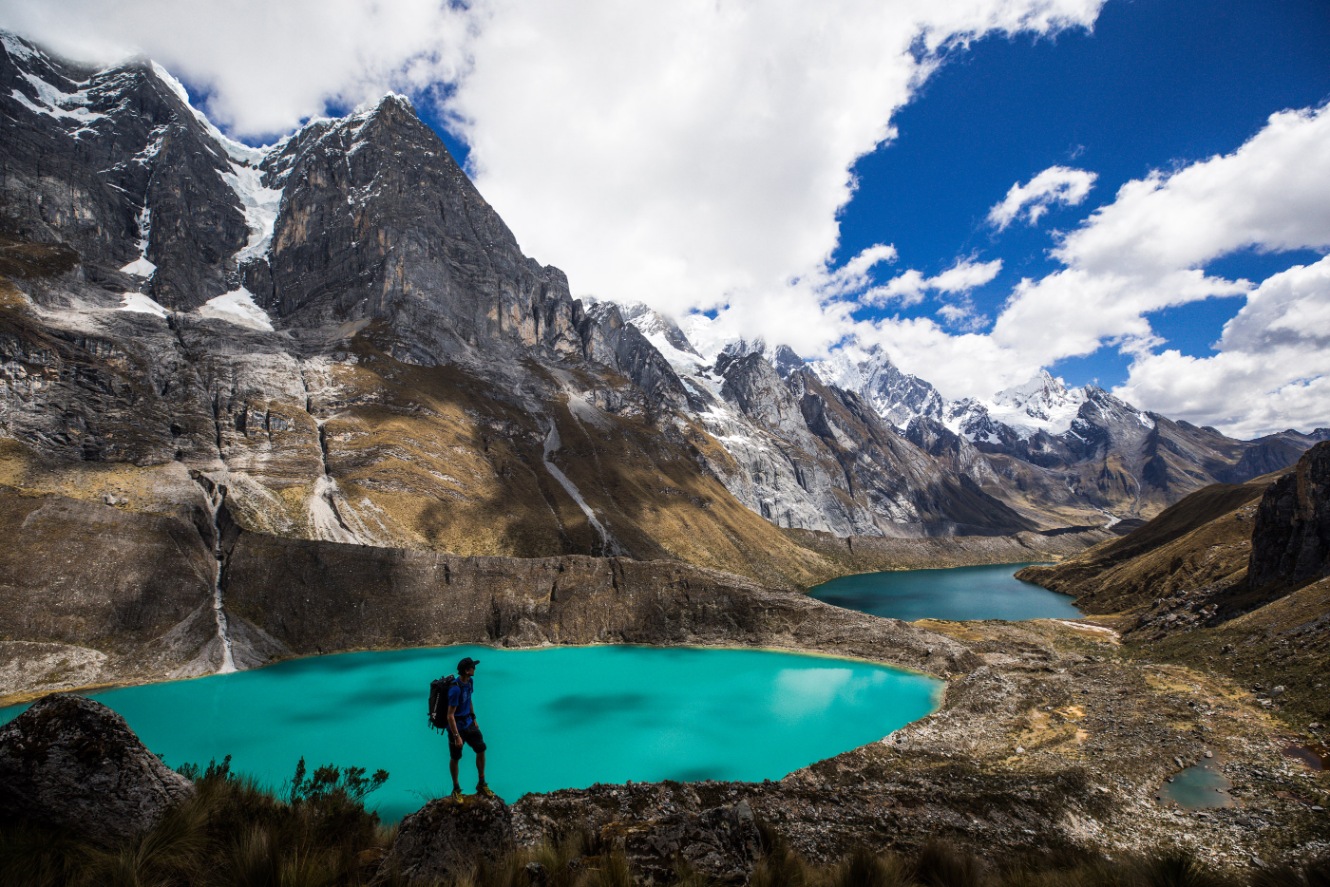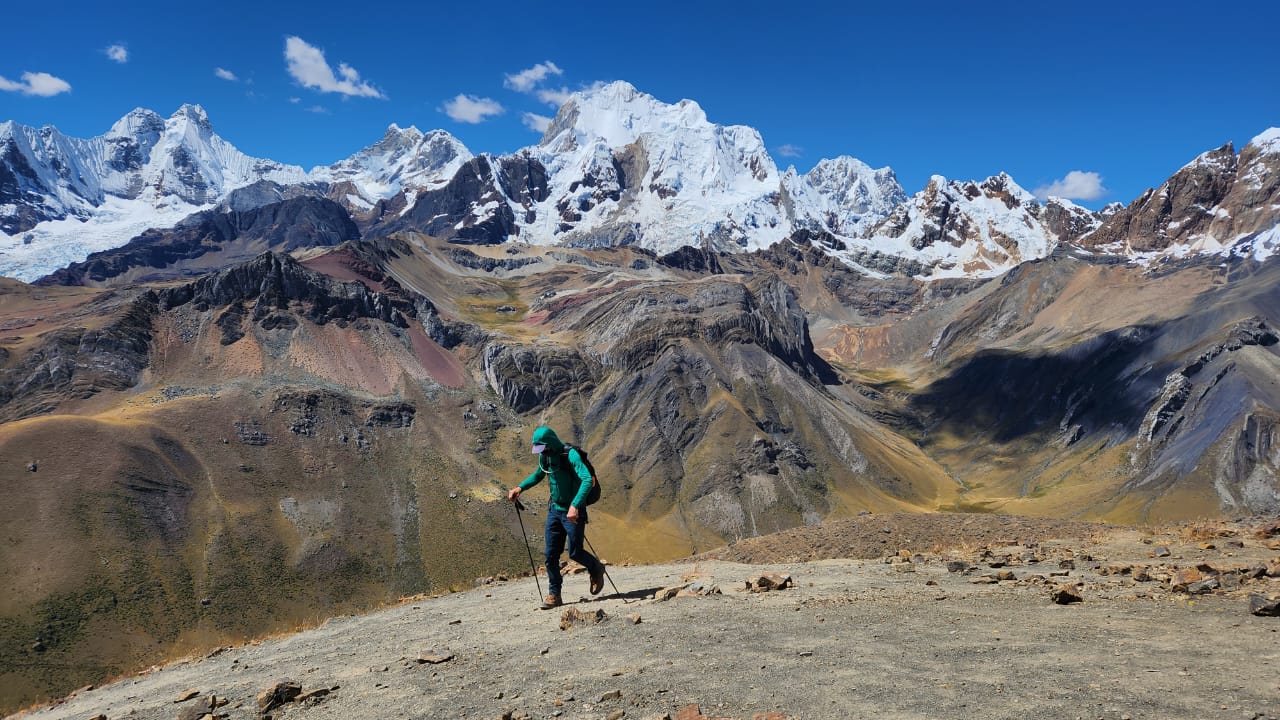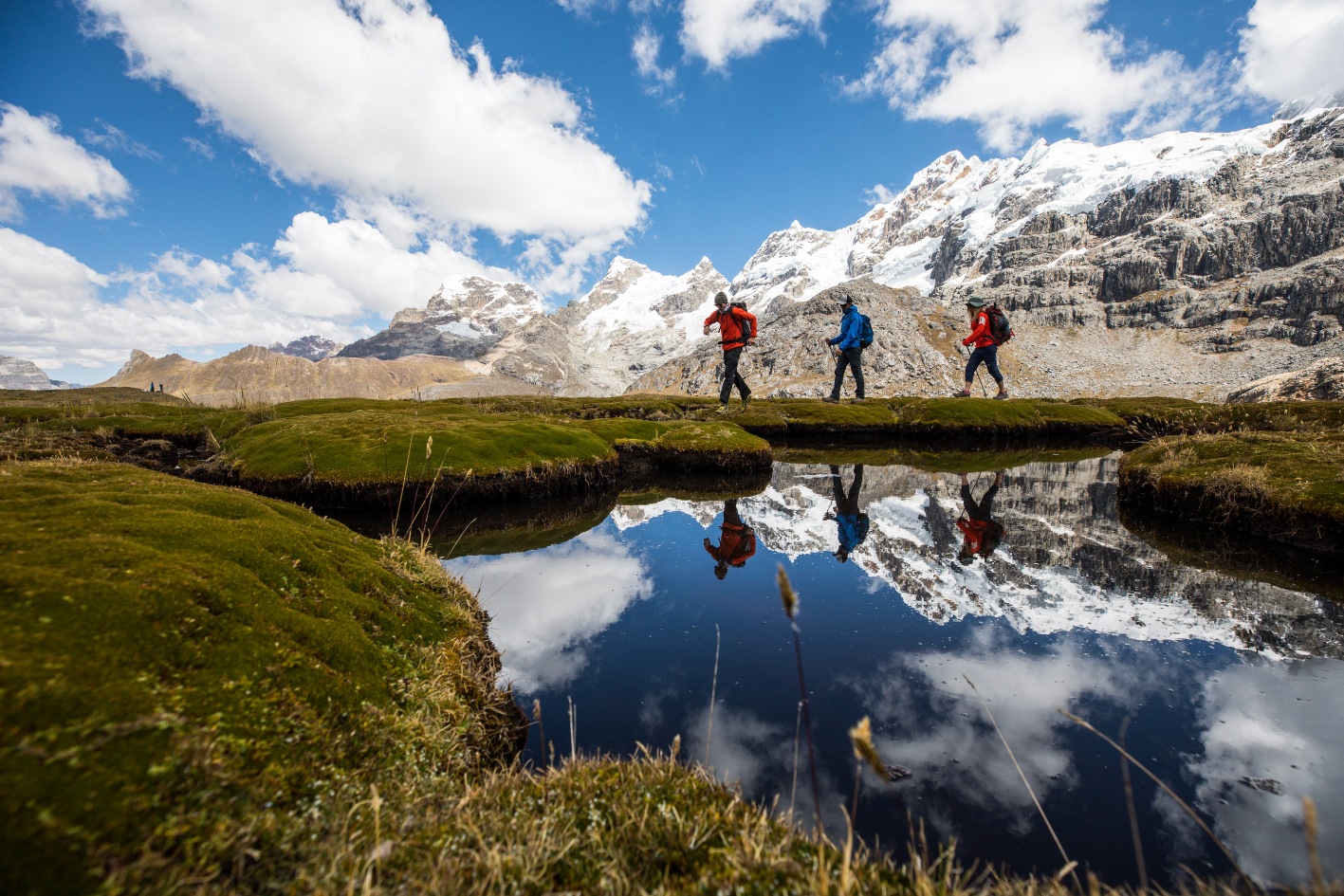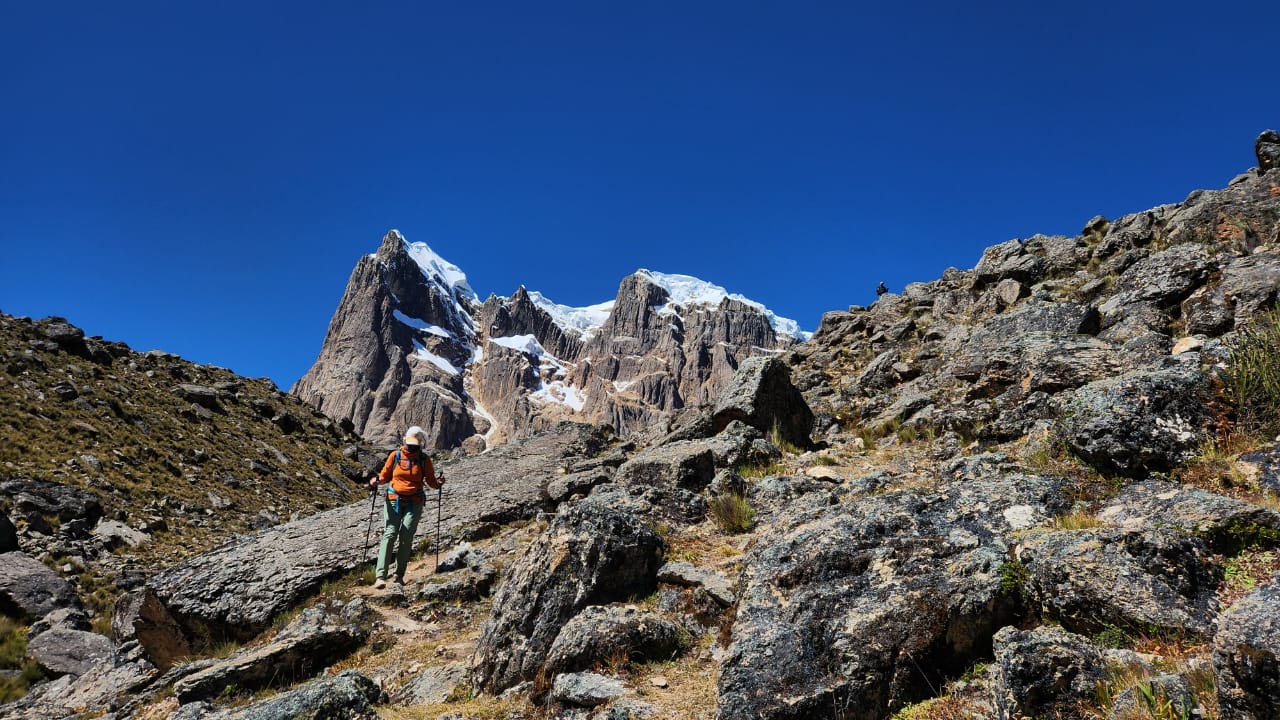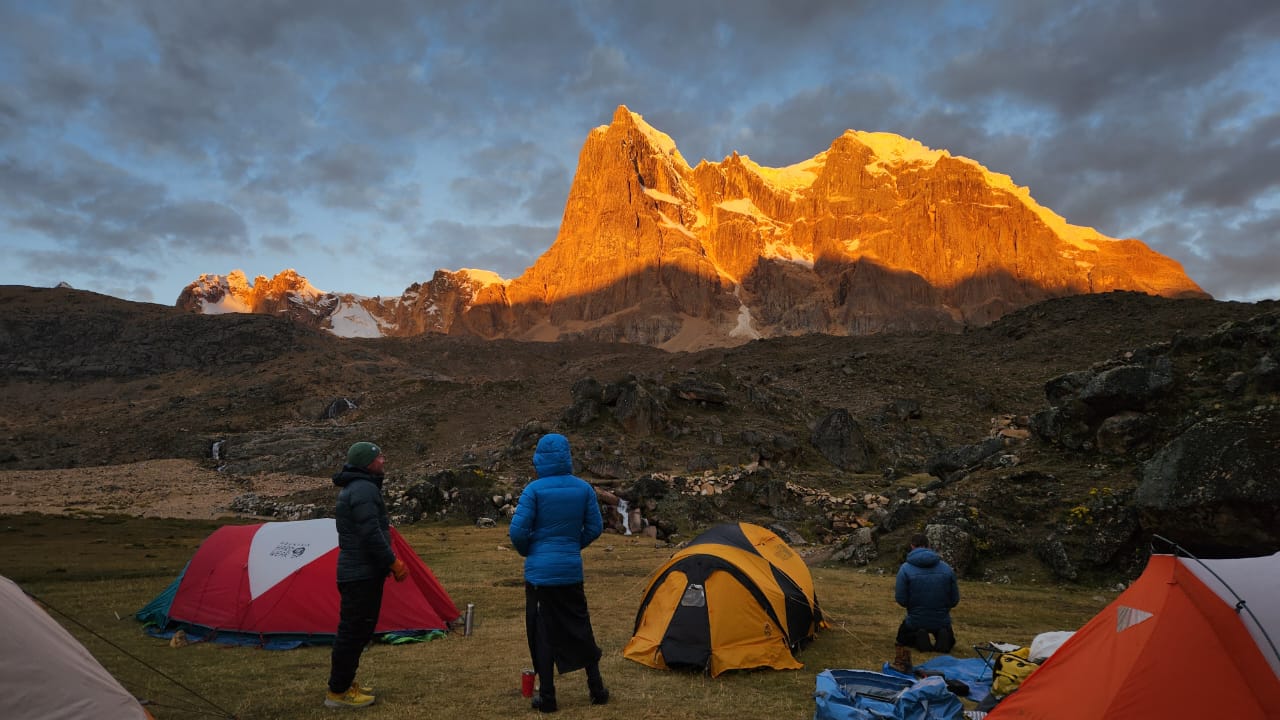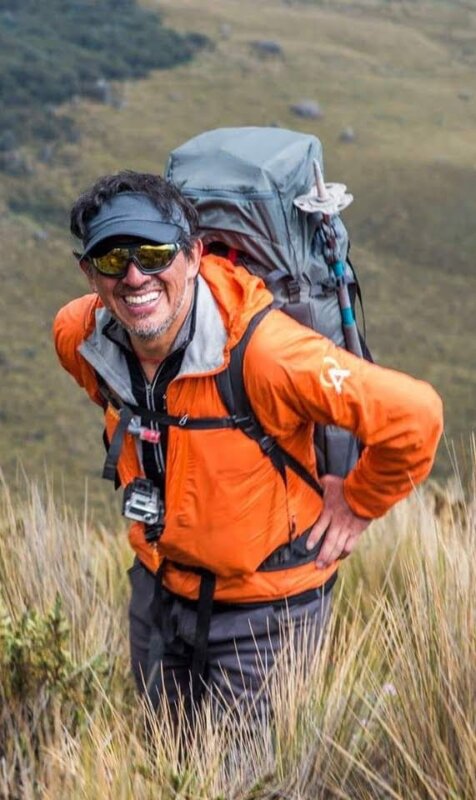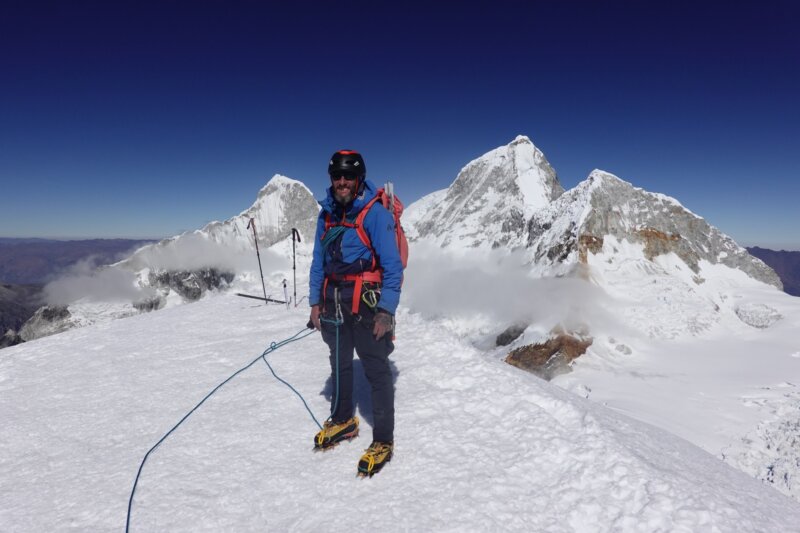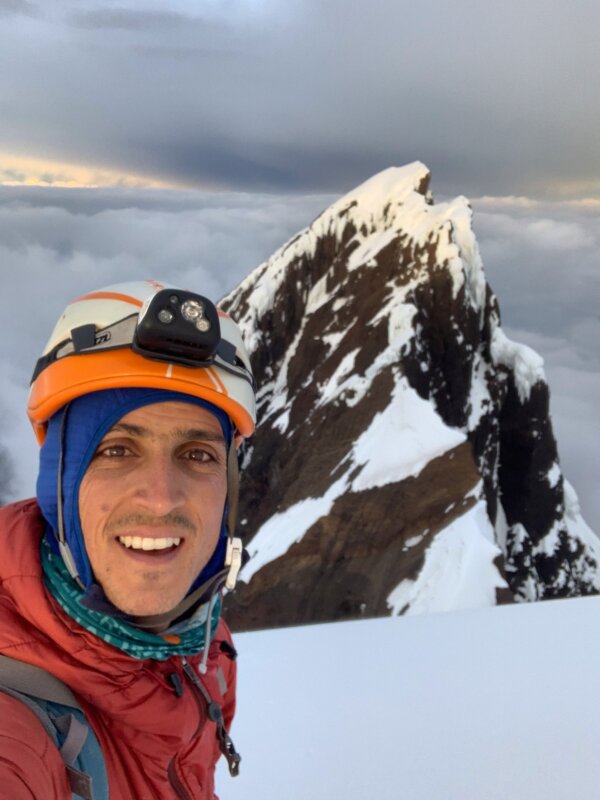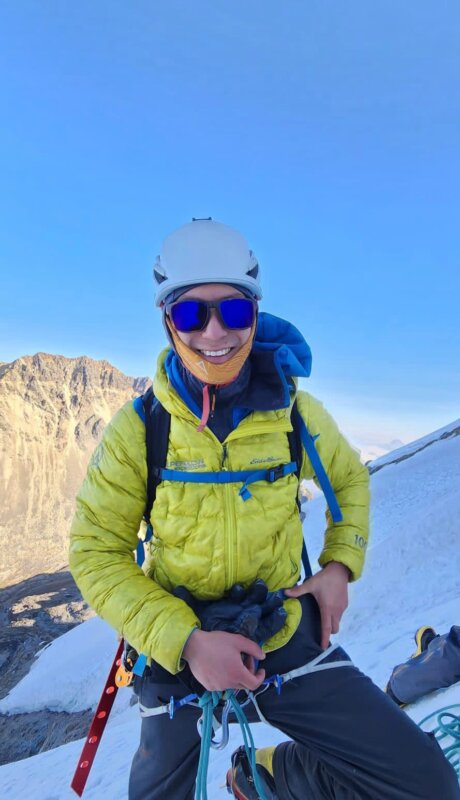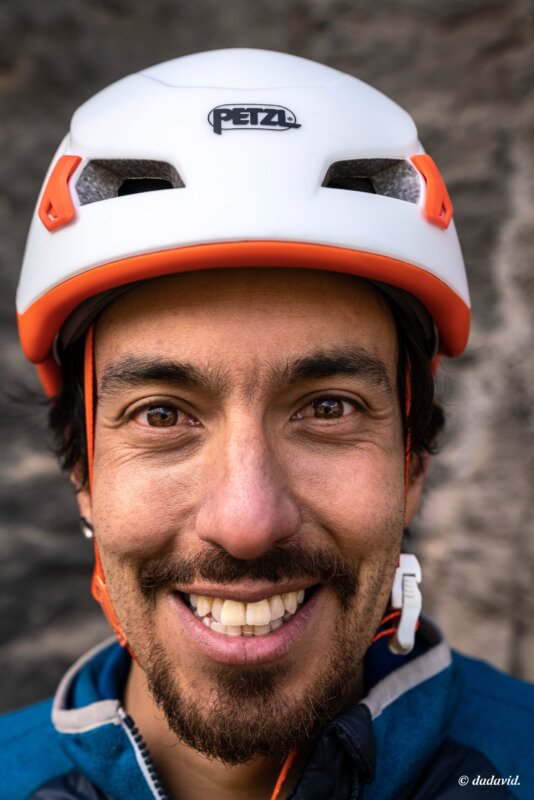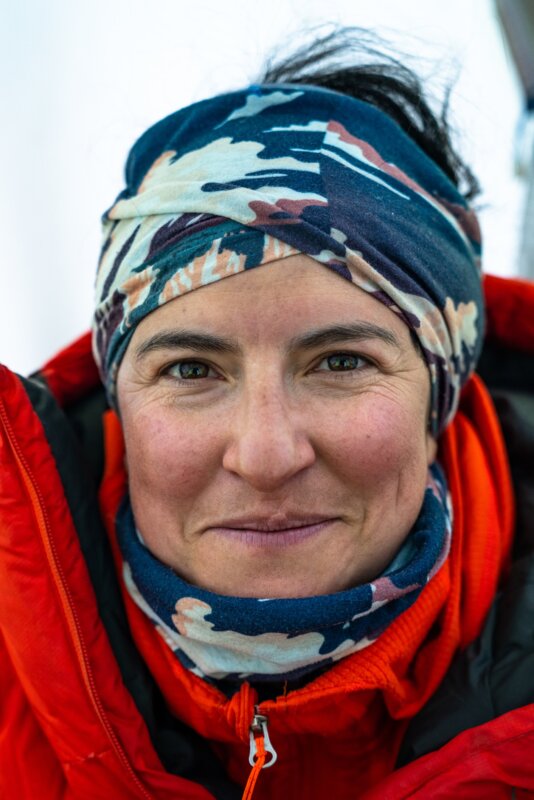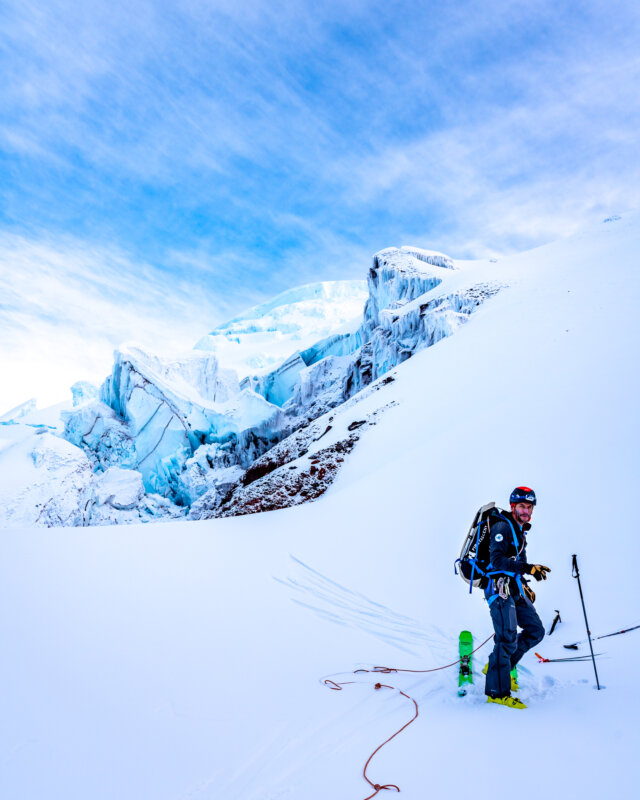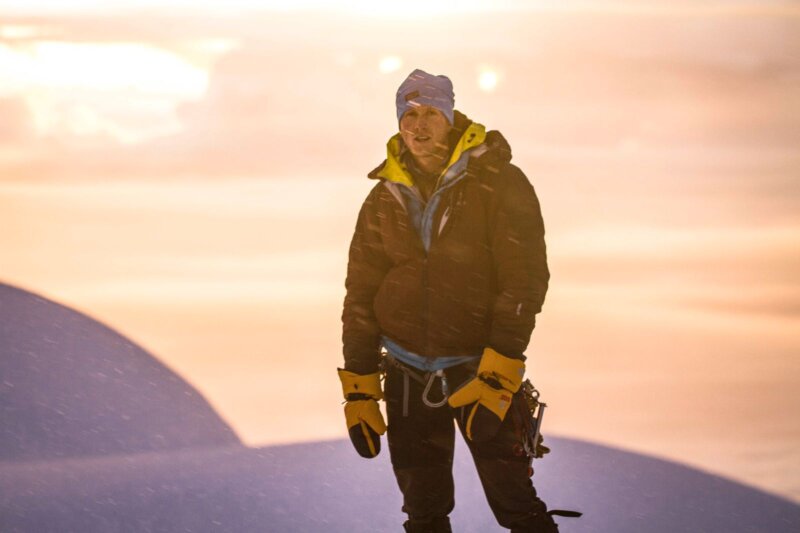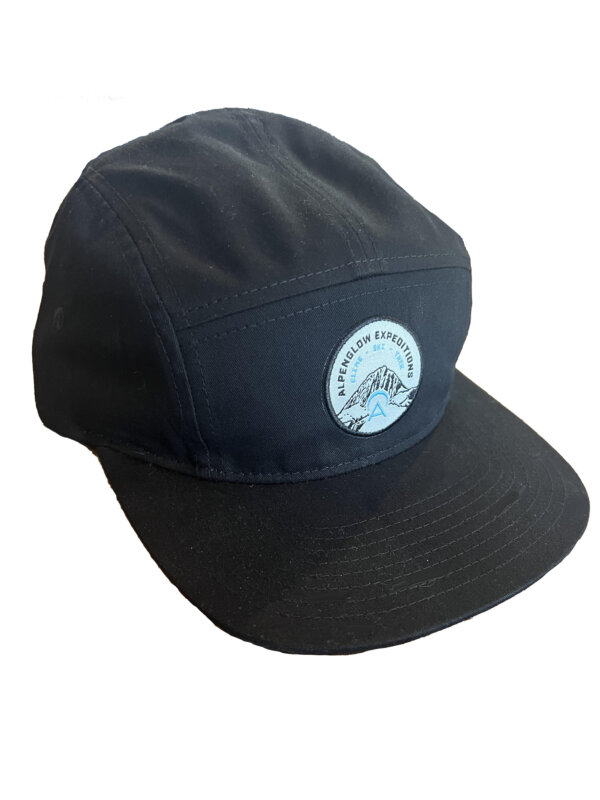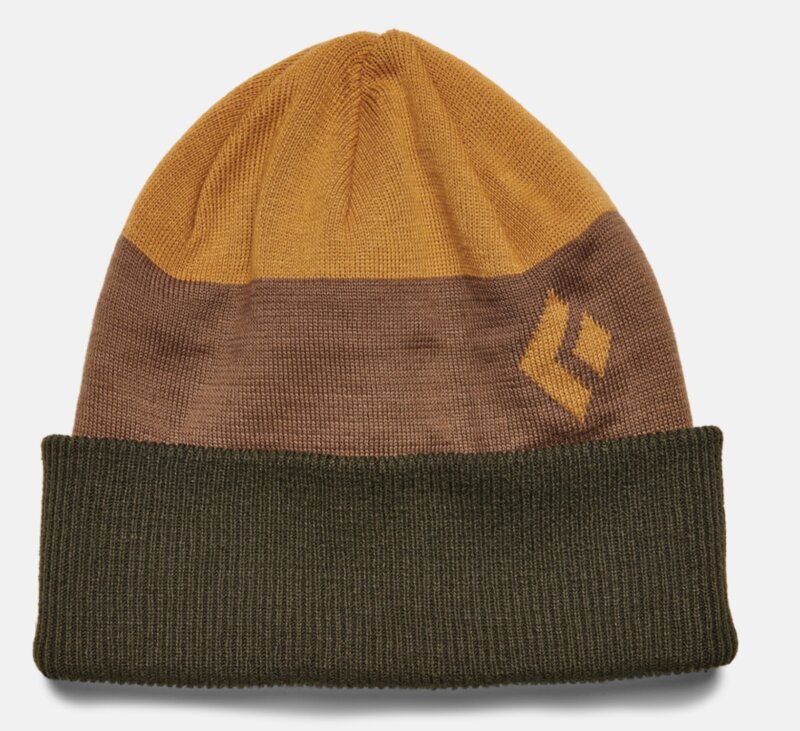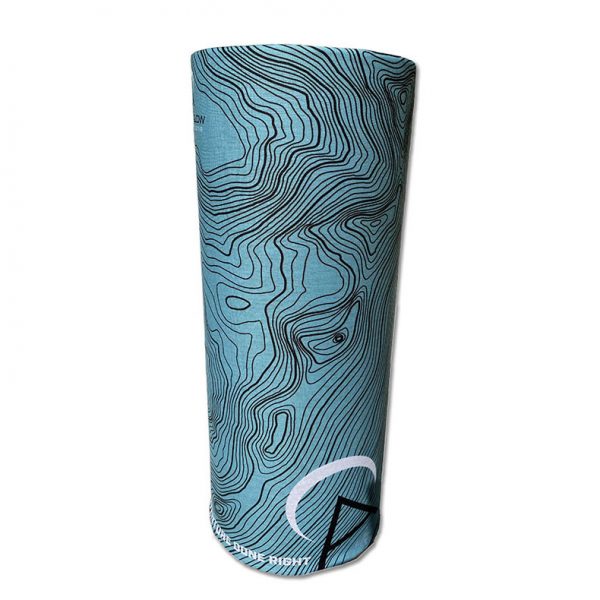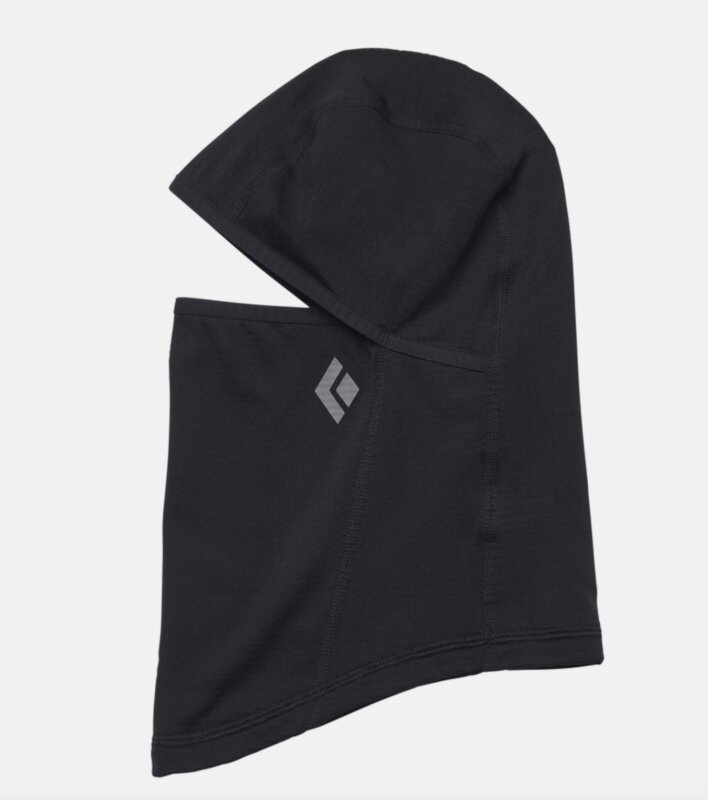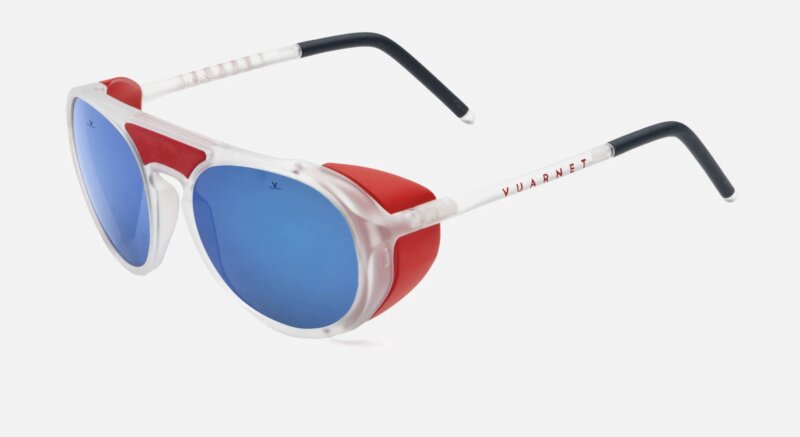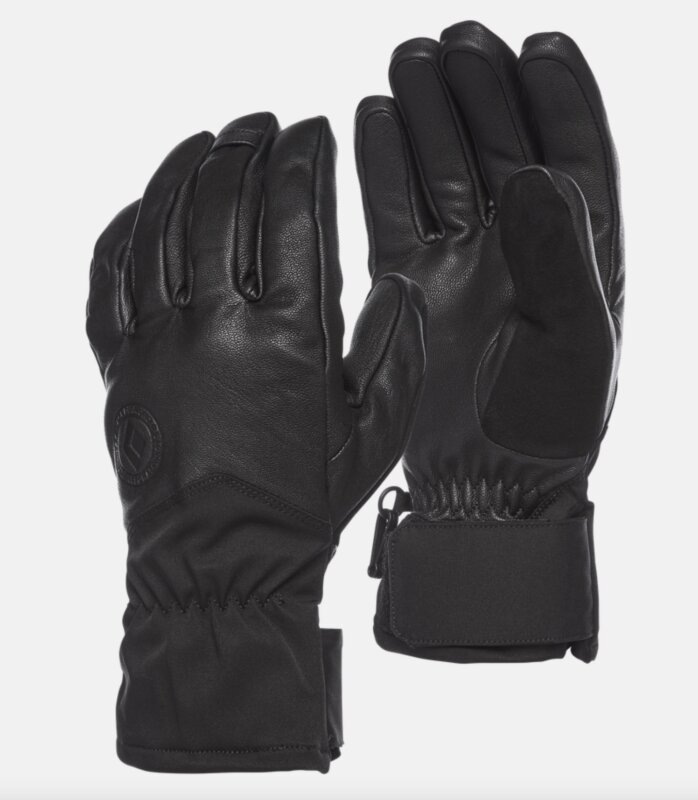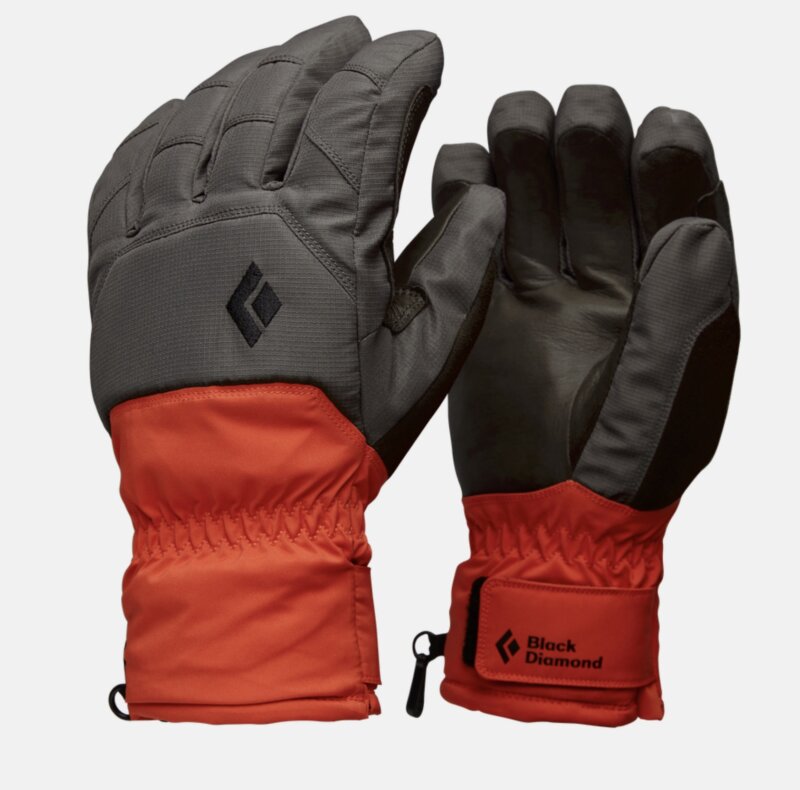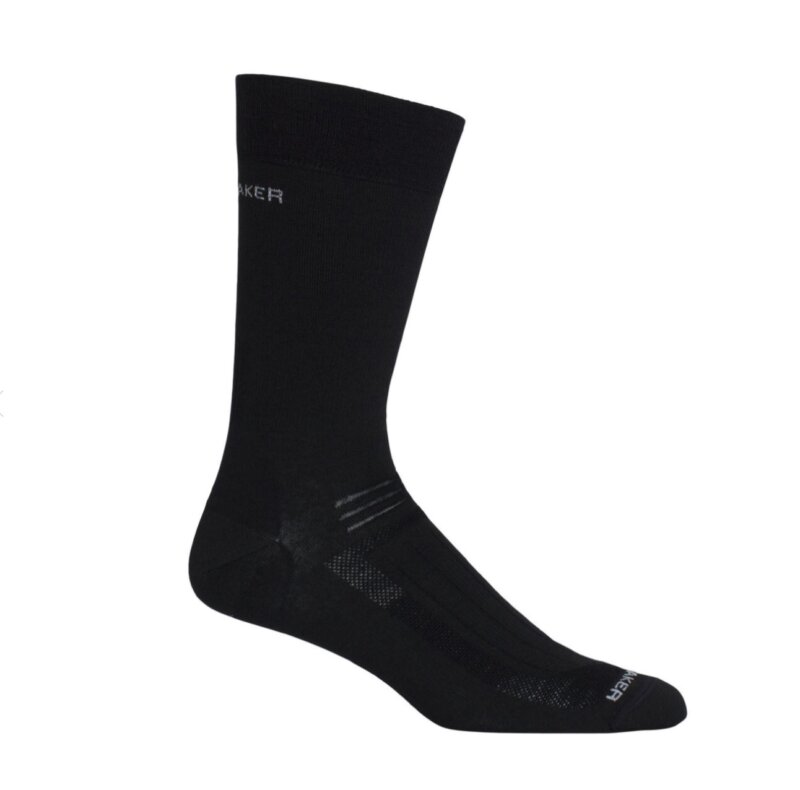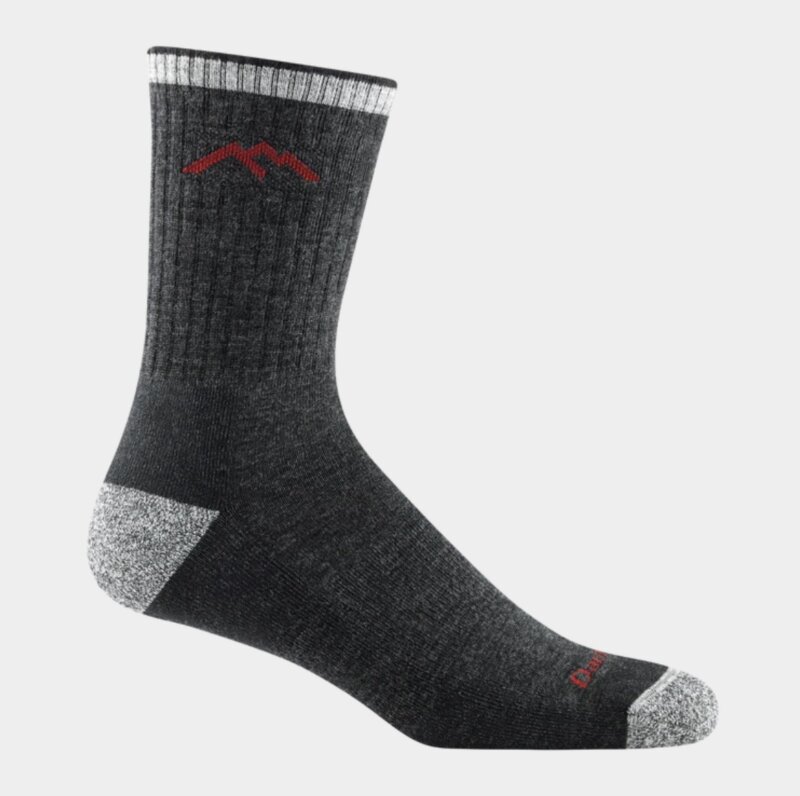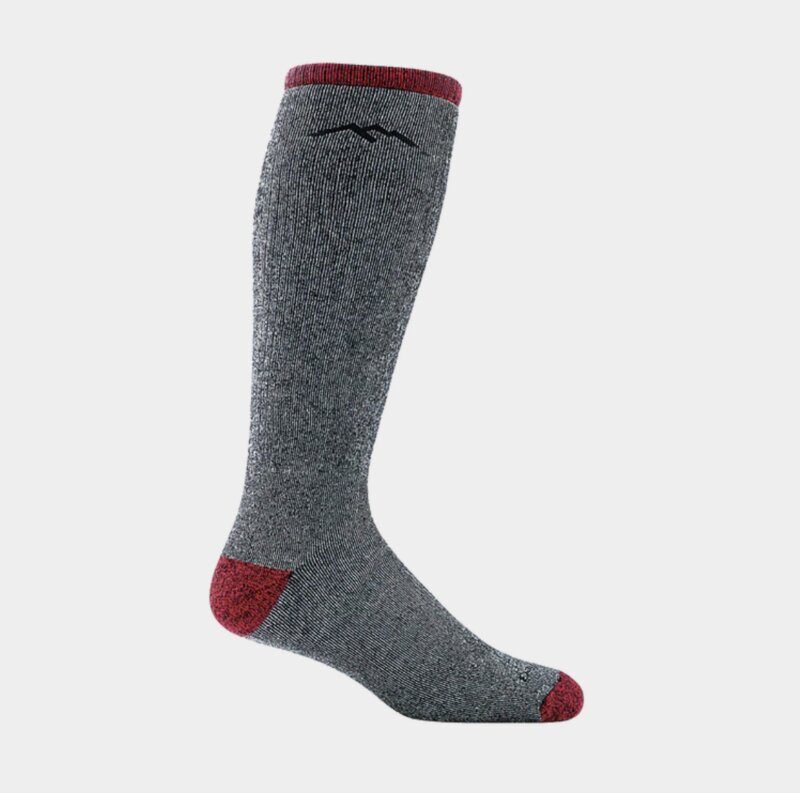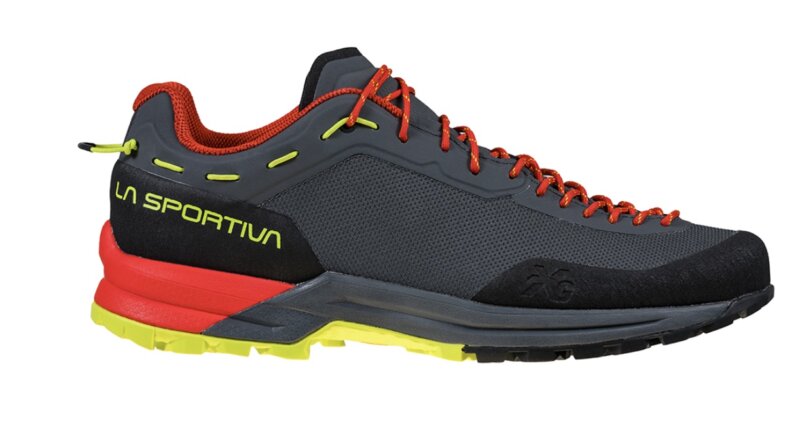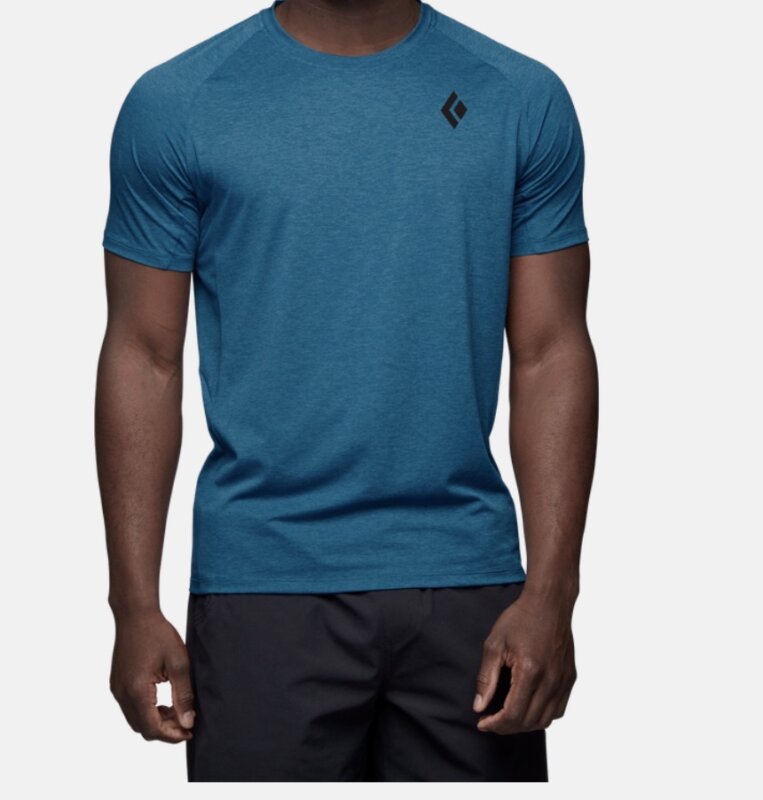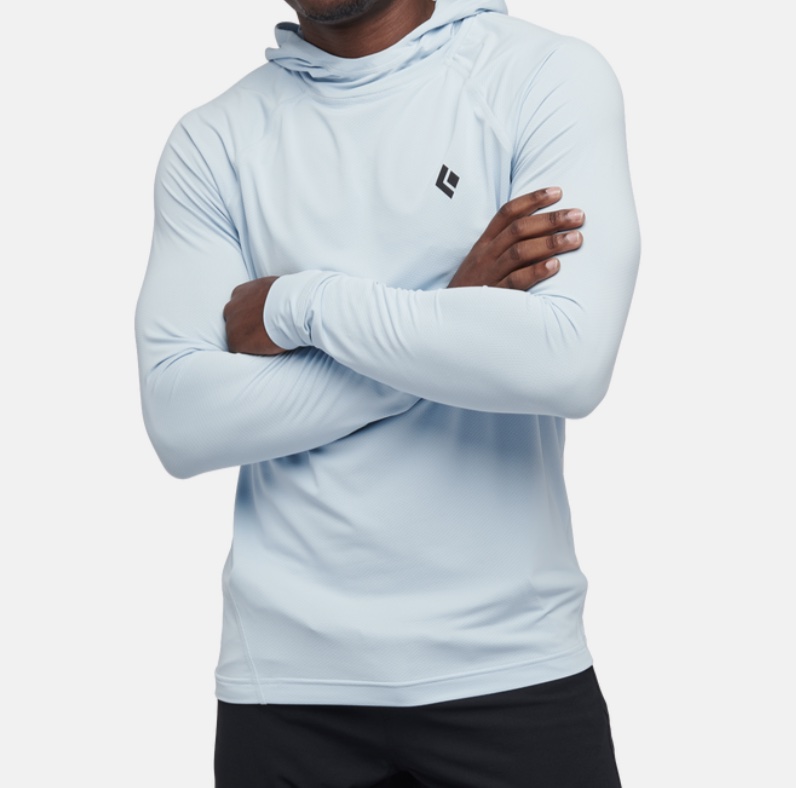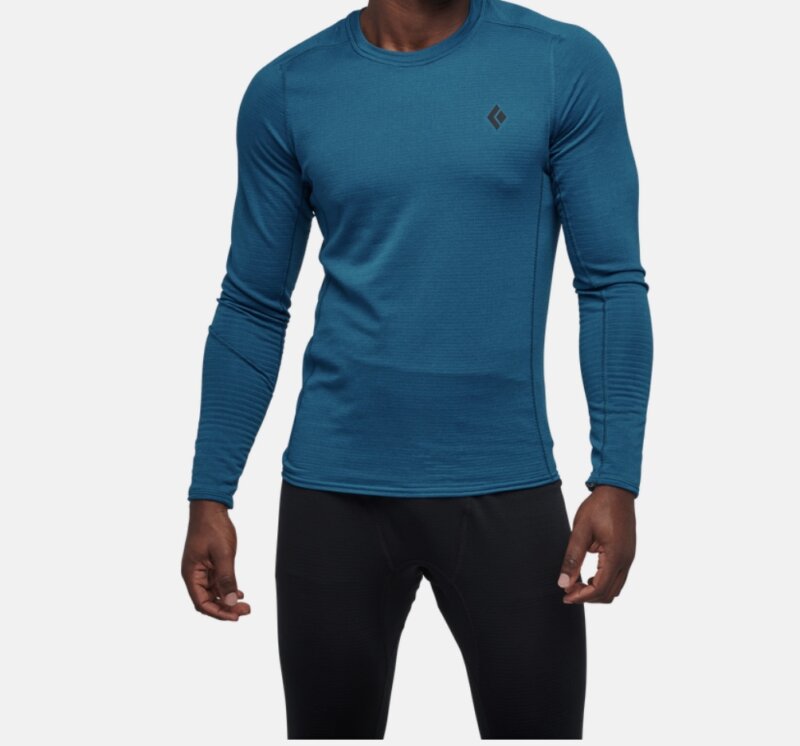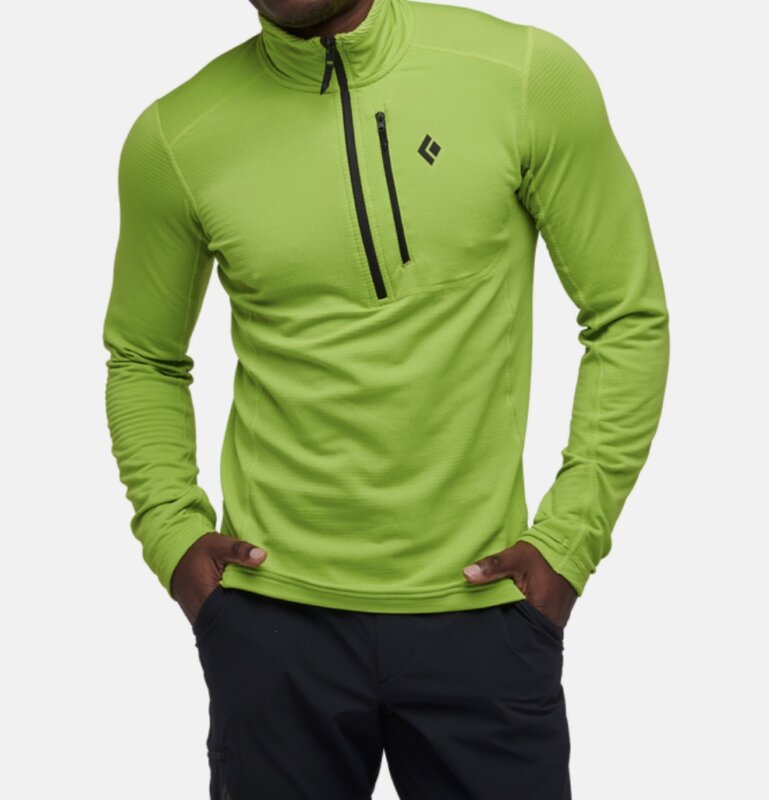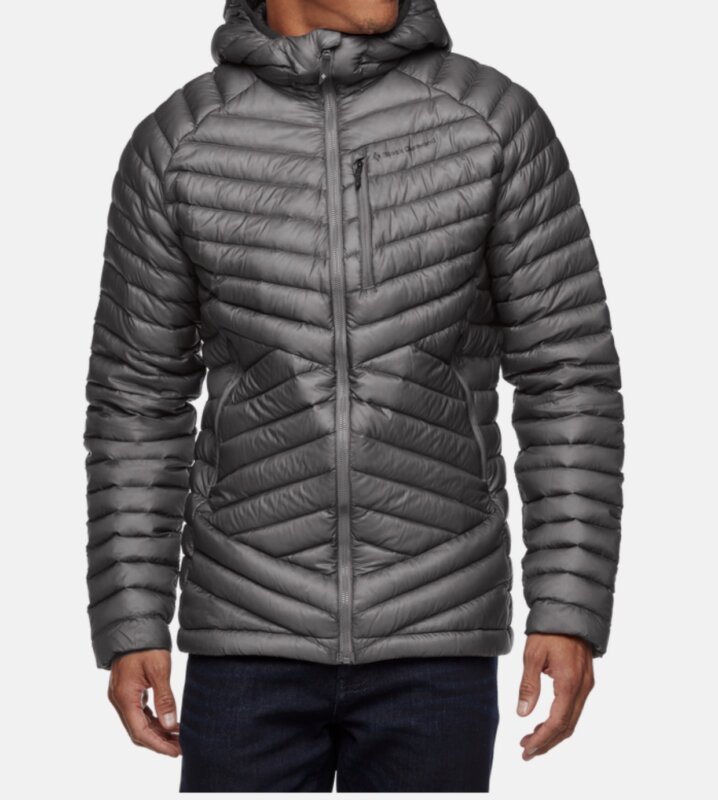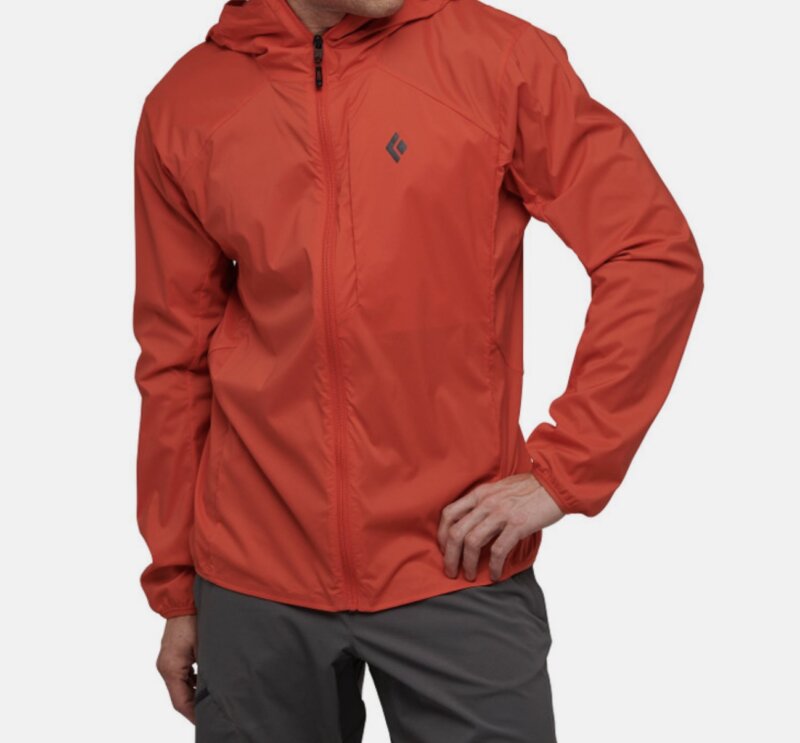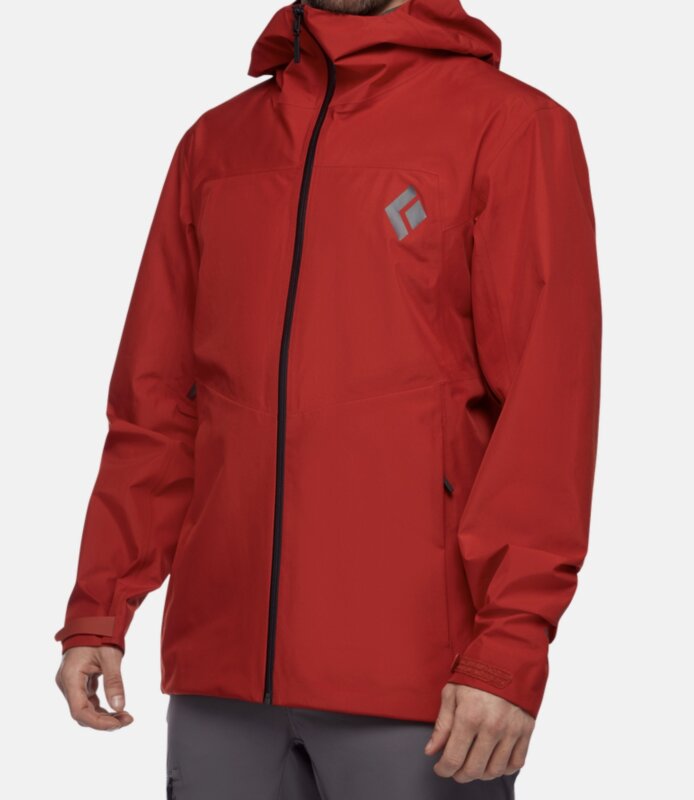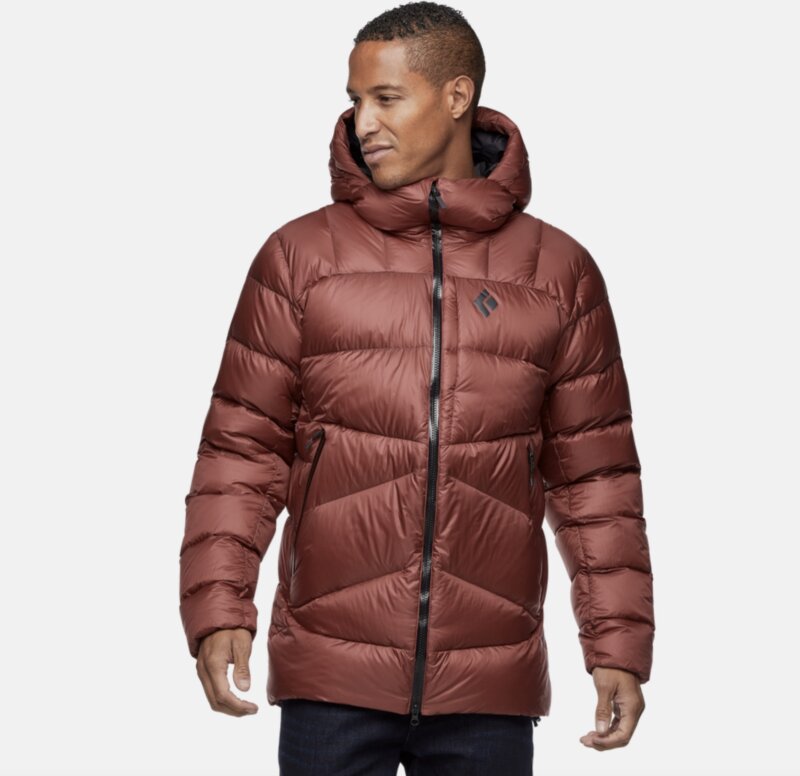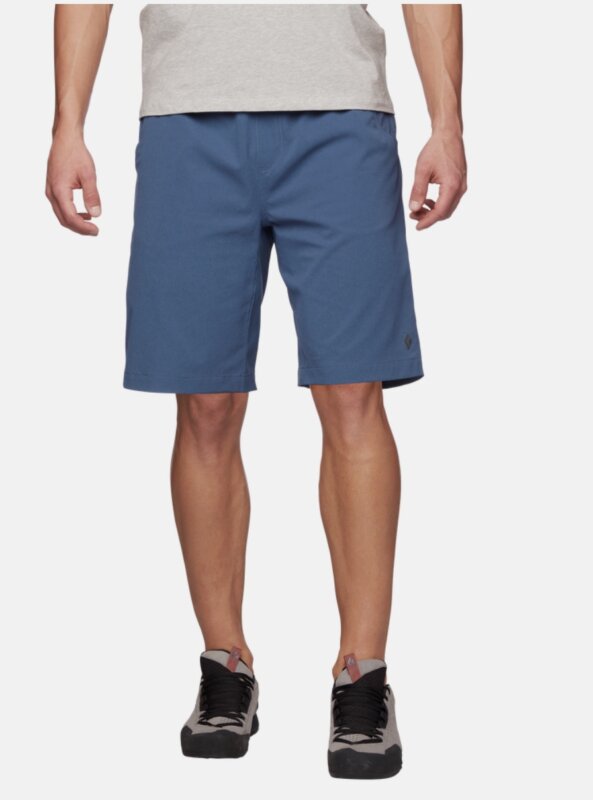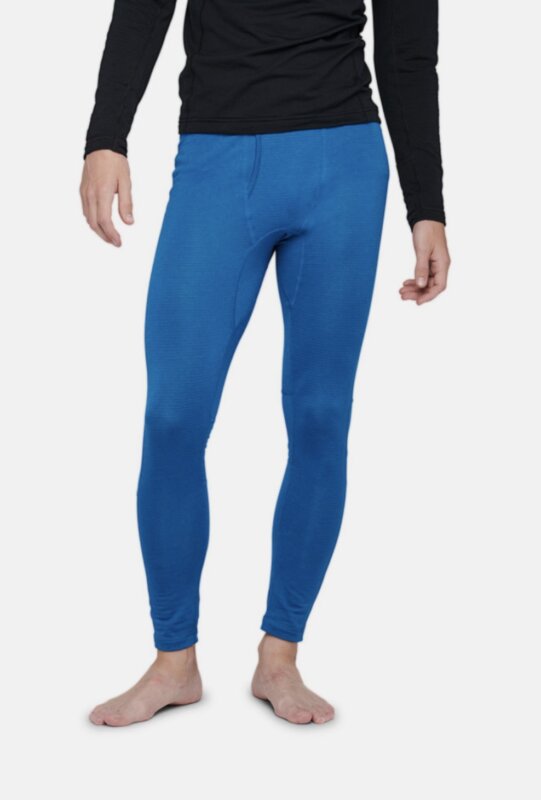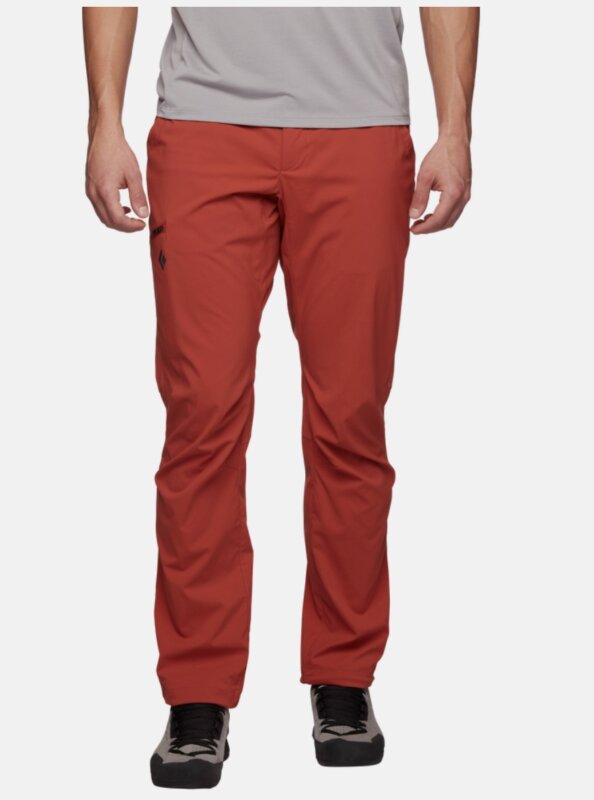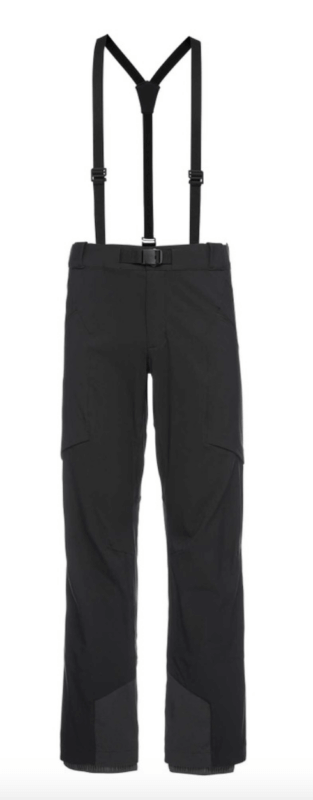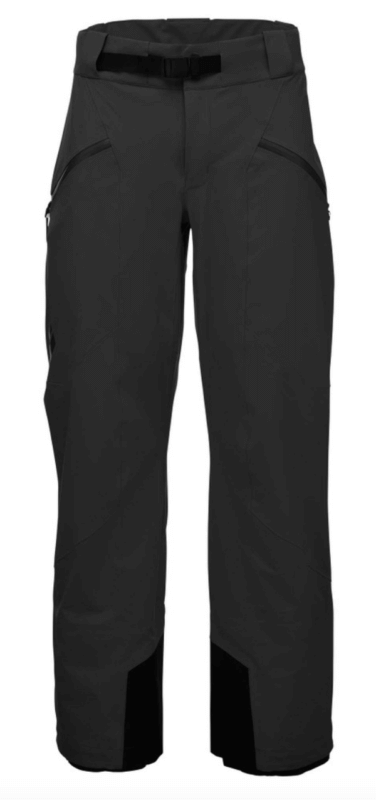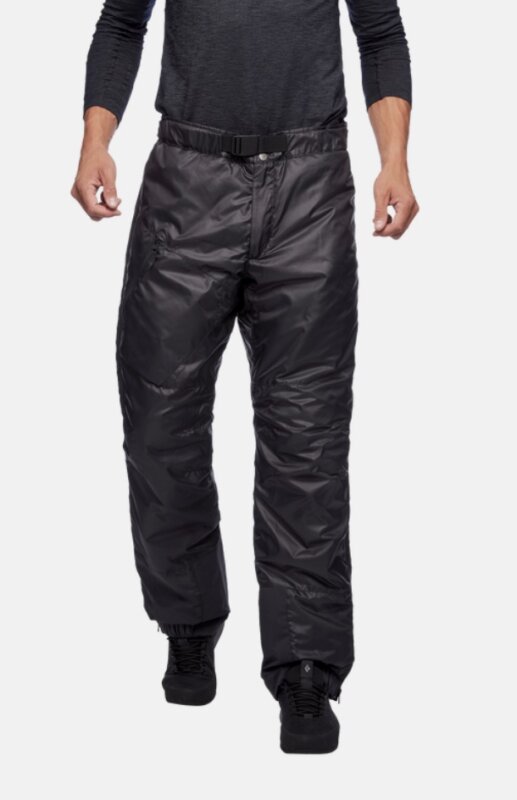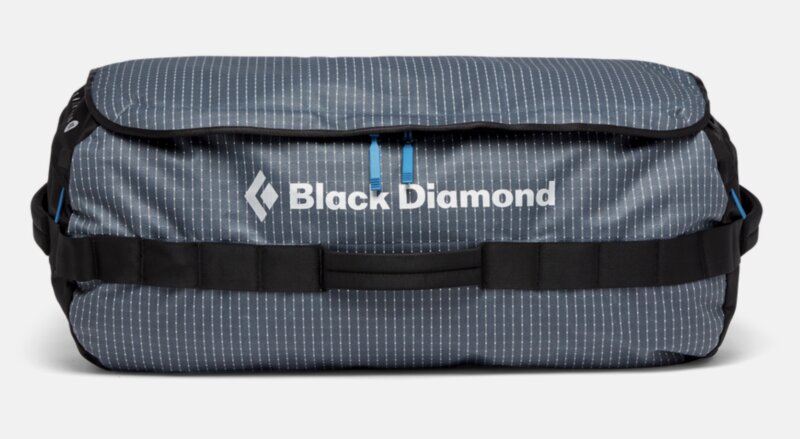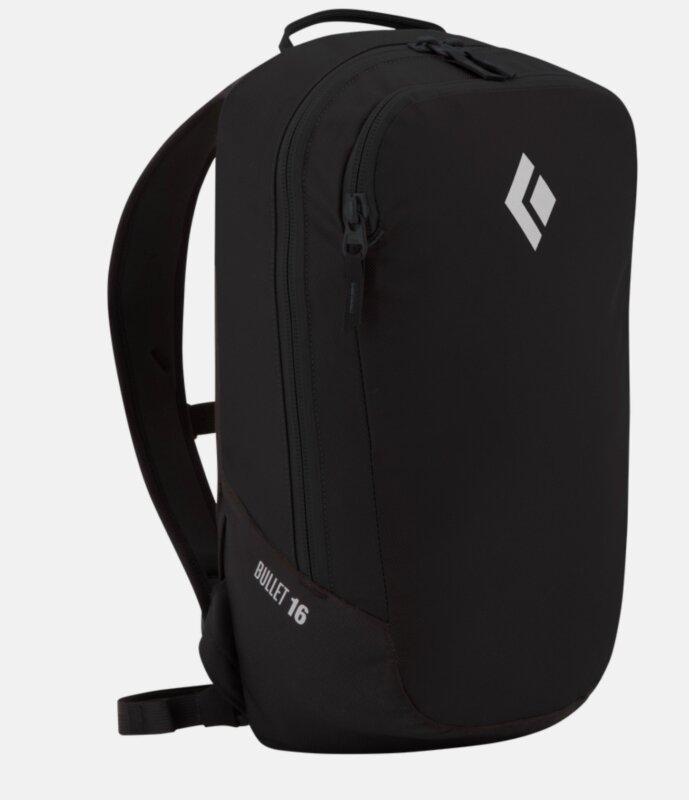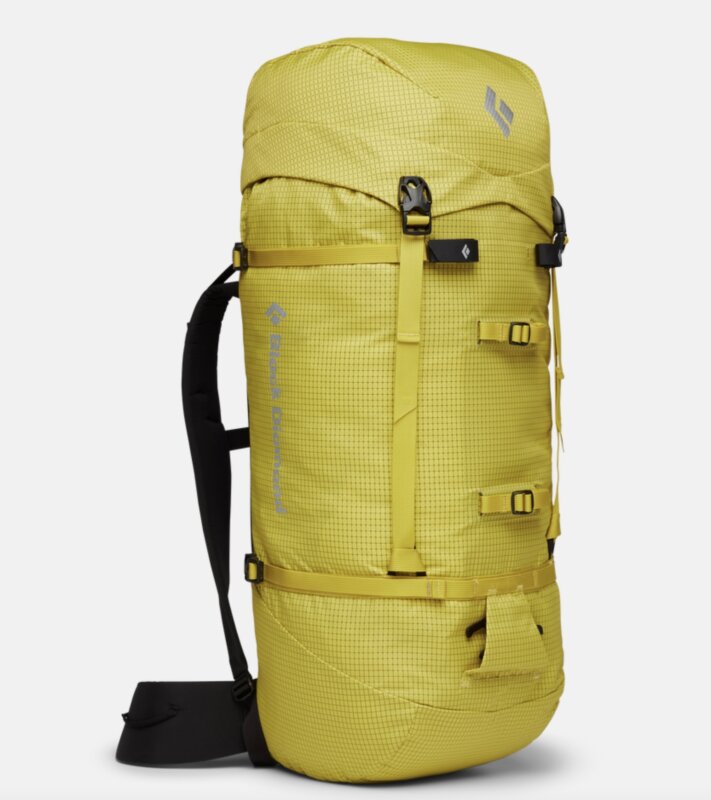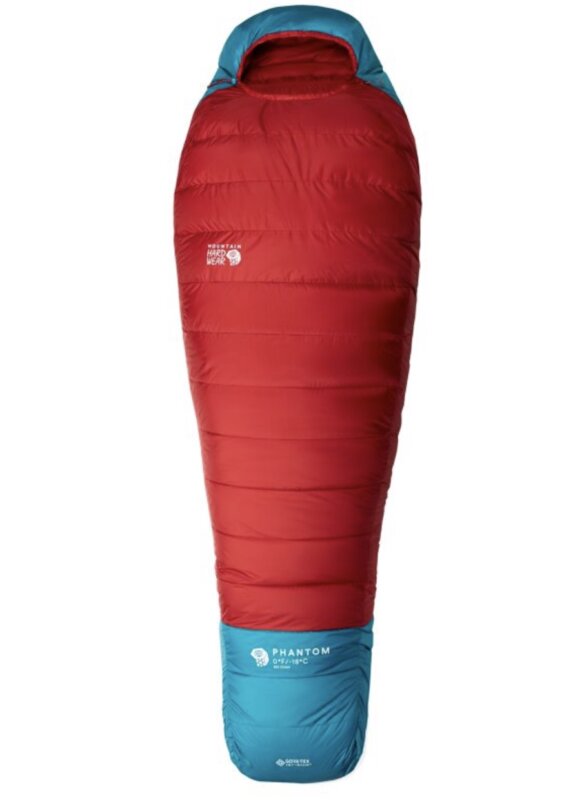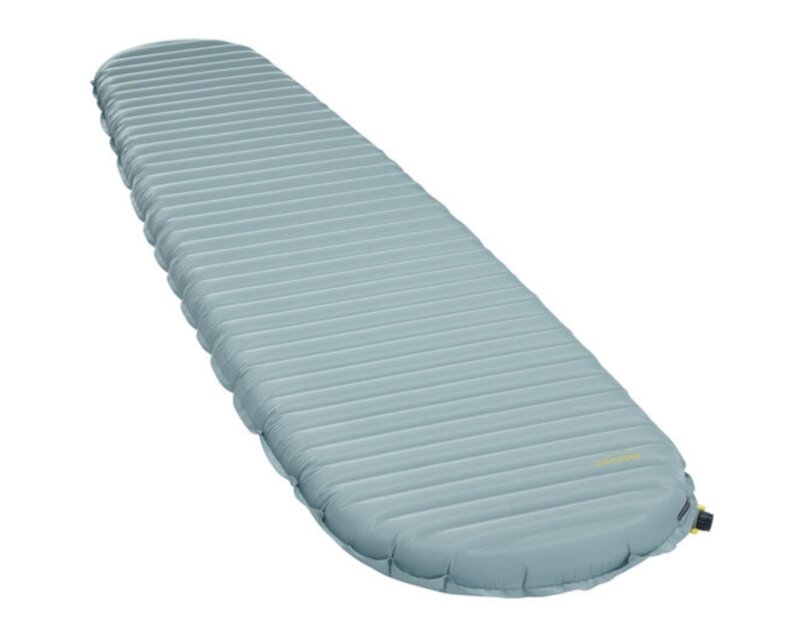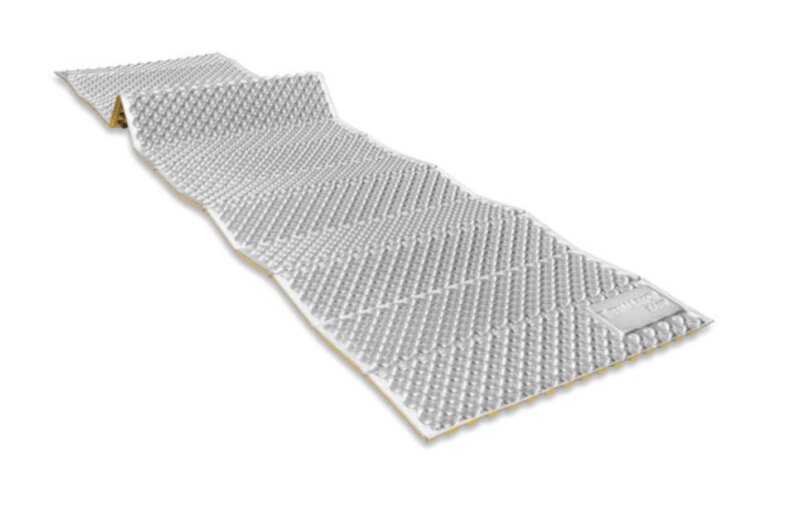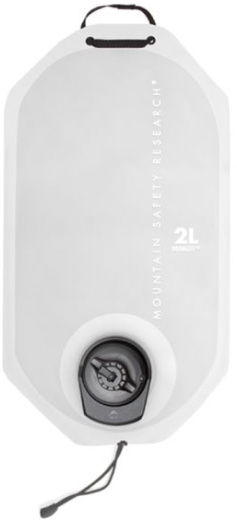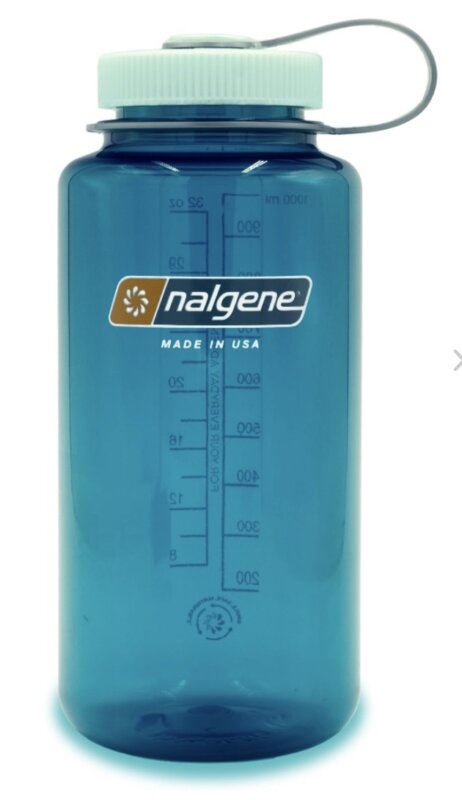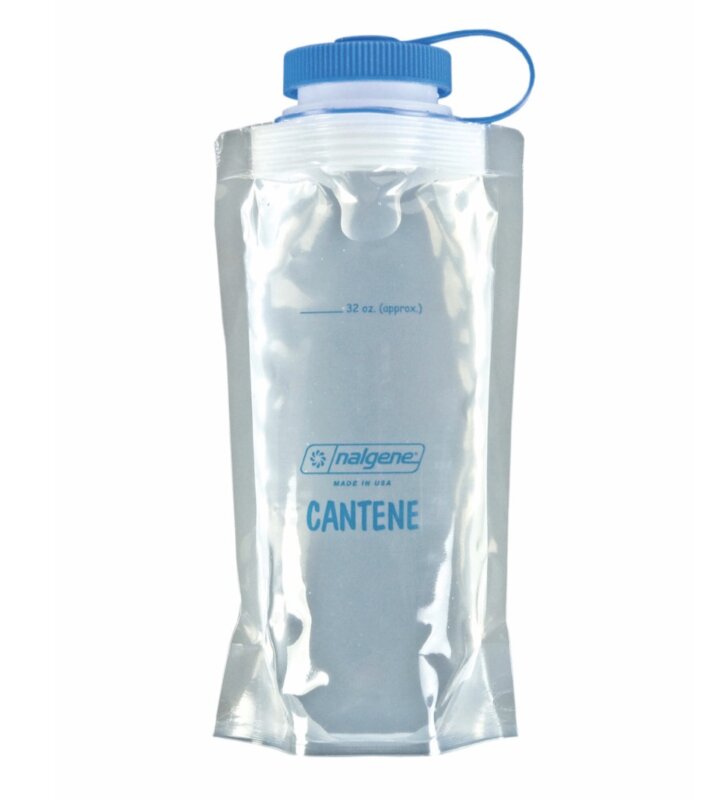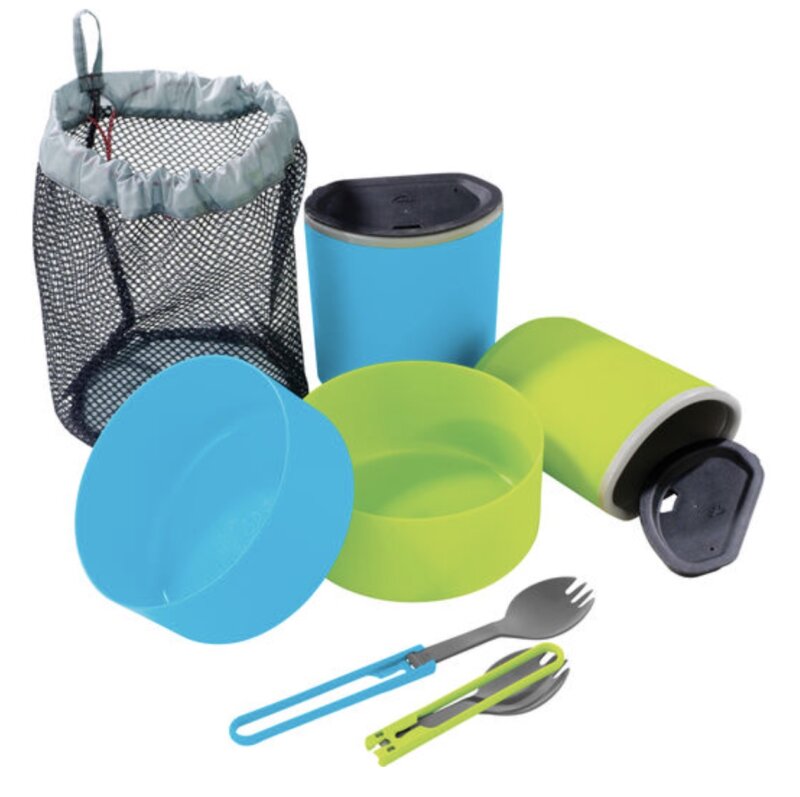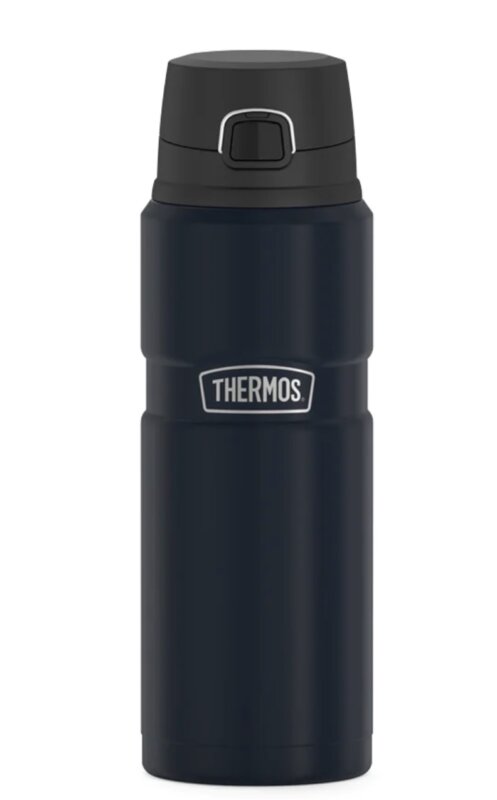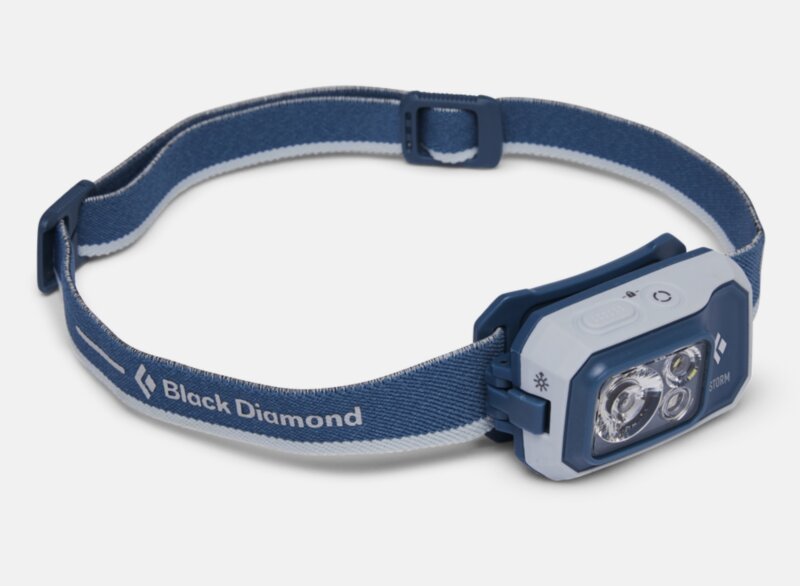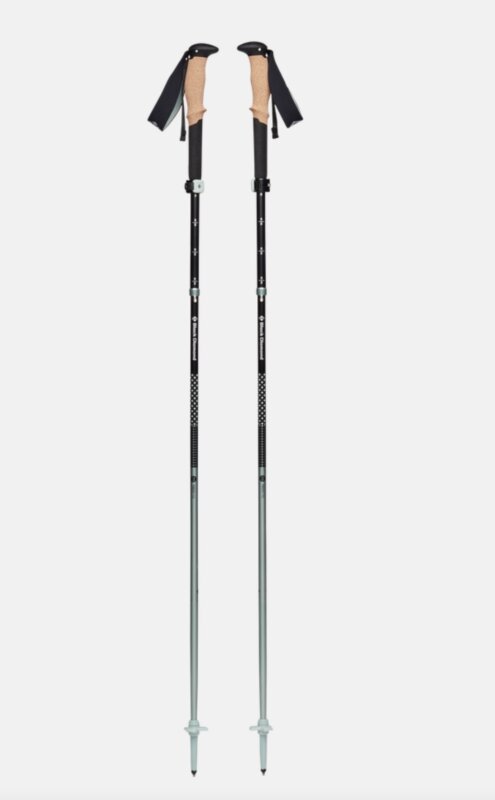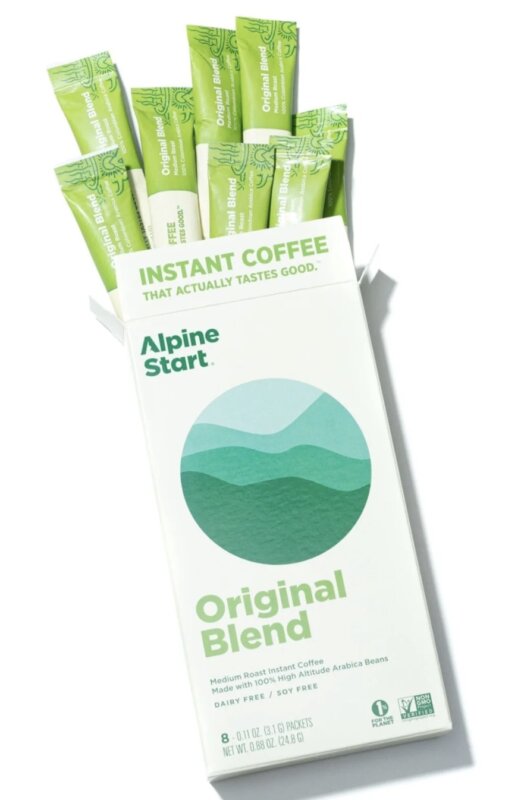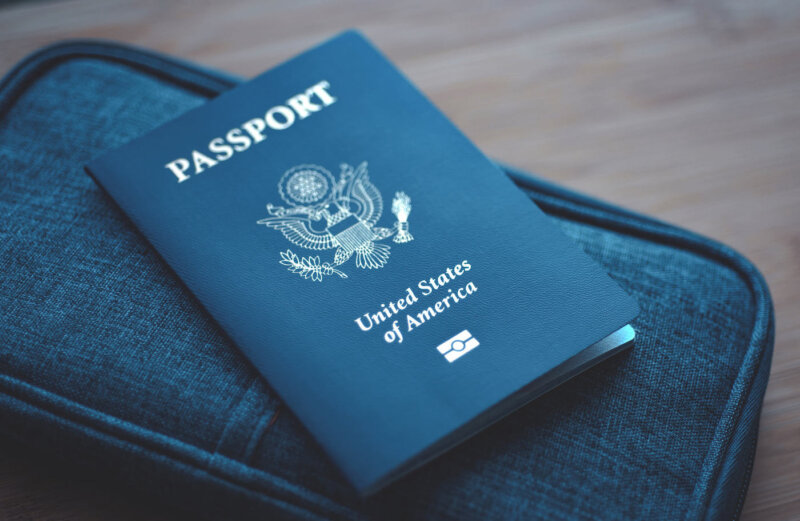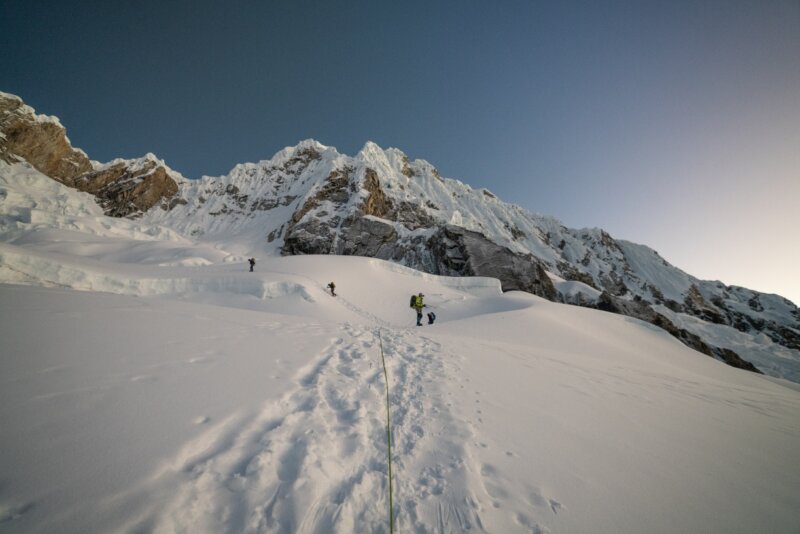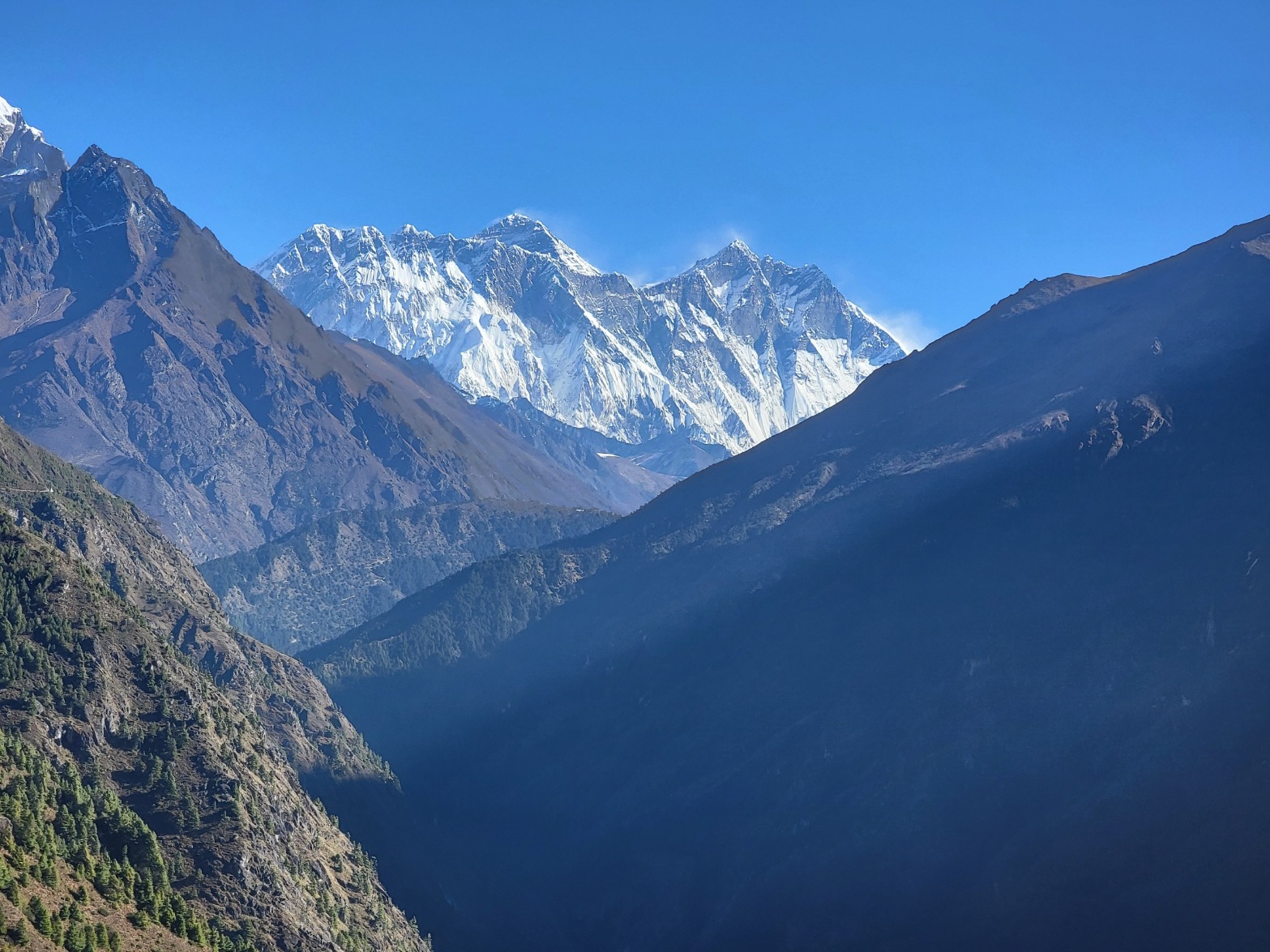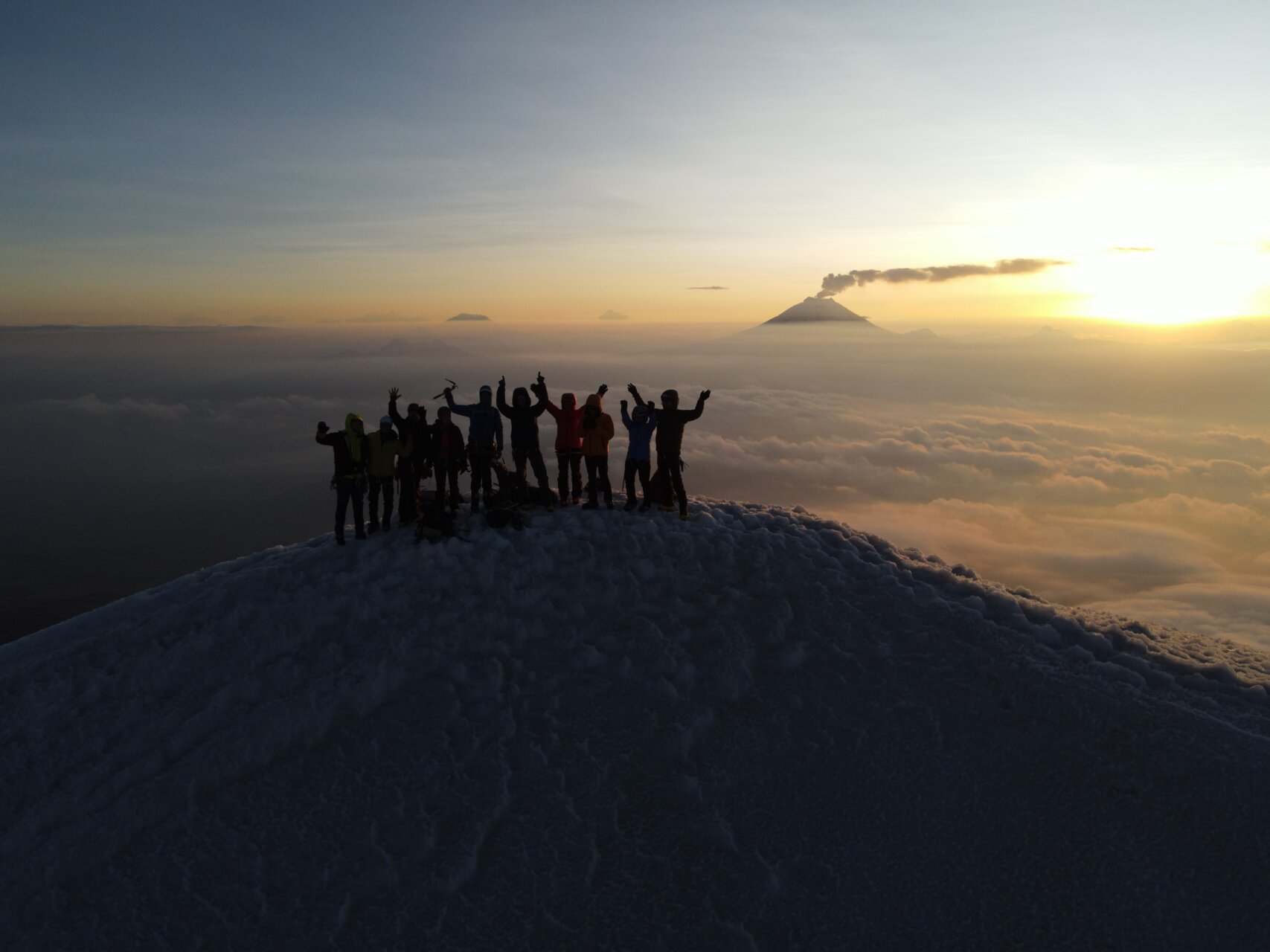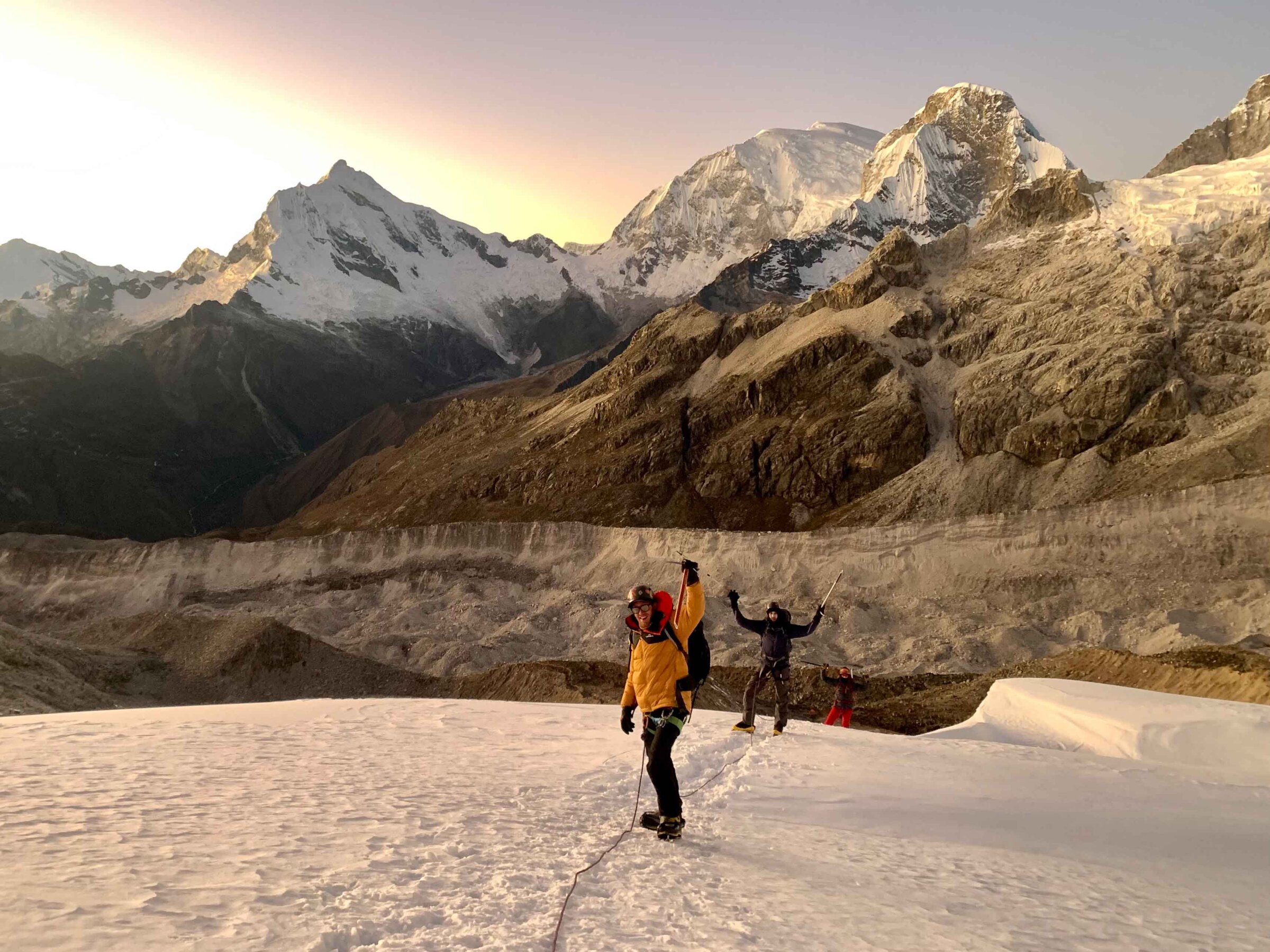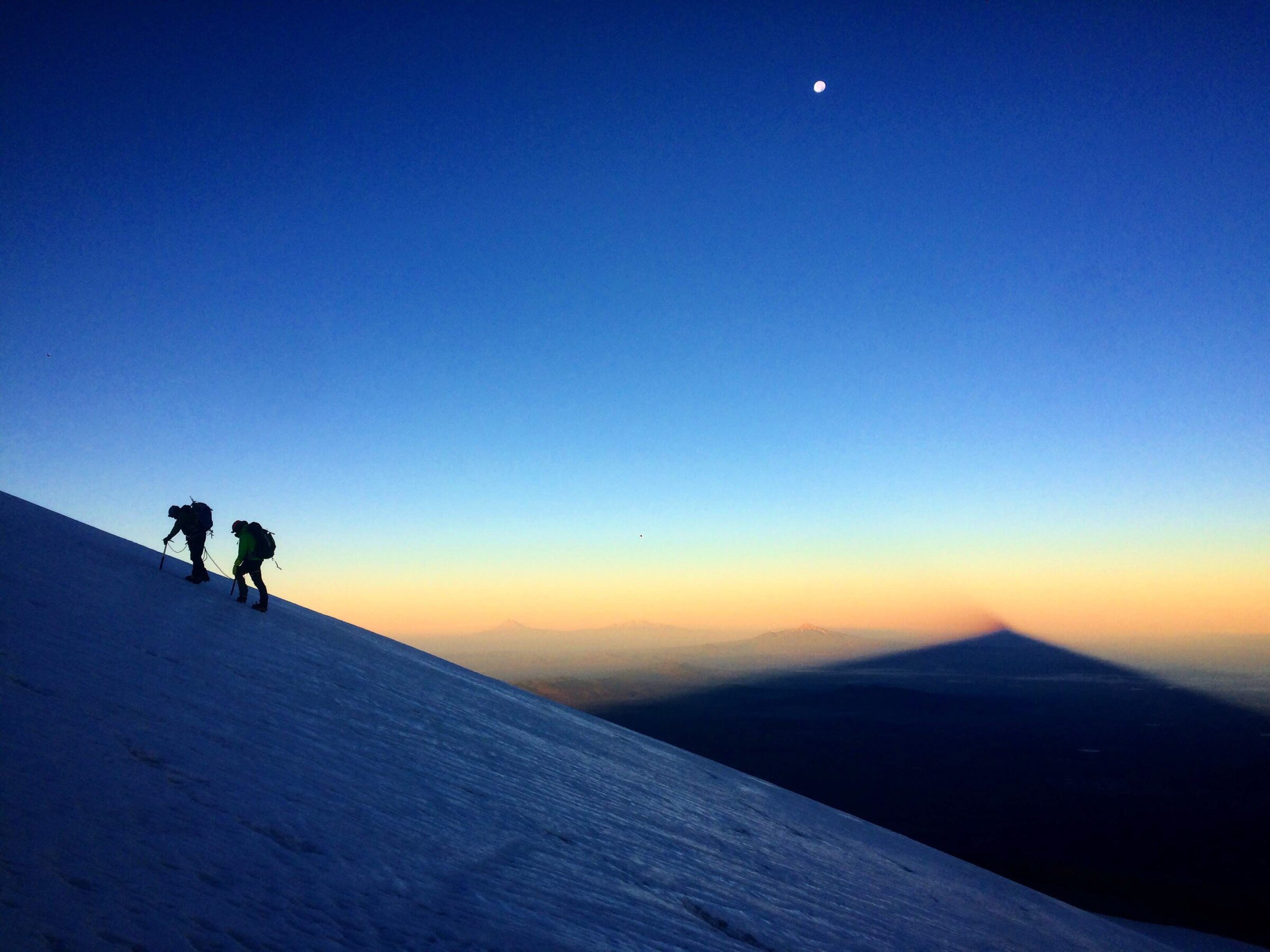Cordillera Huayhuash Trek
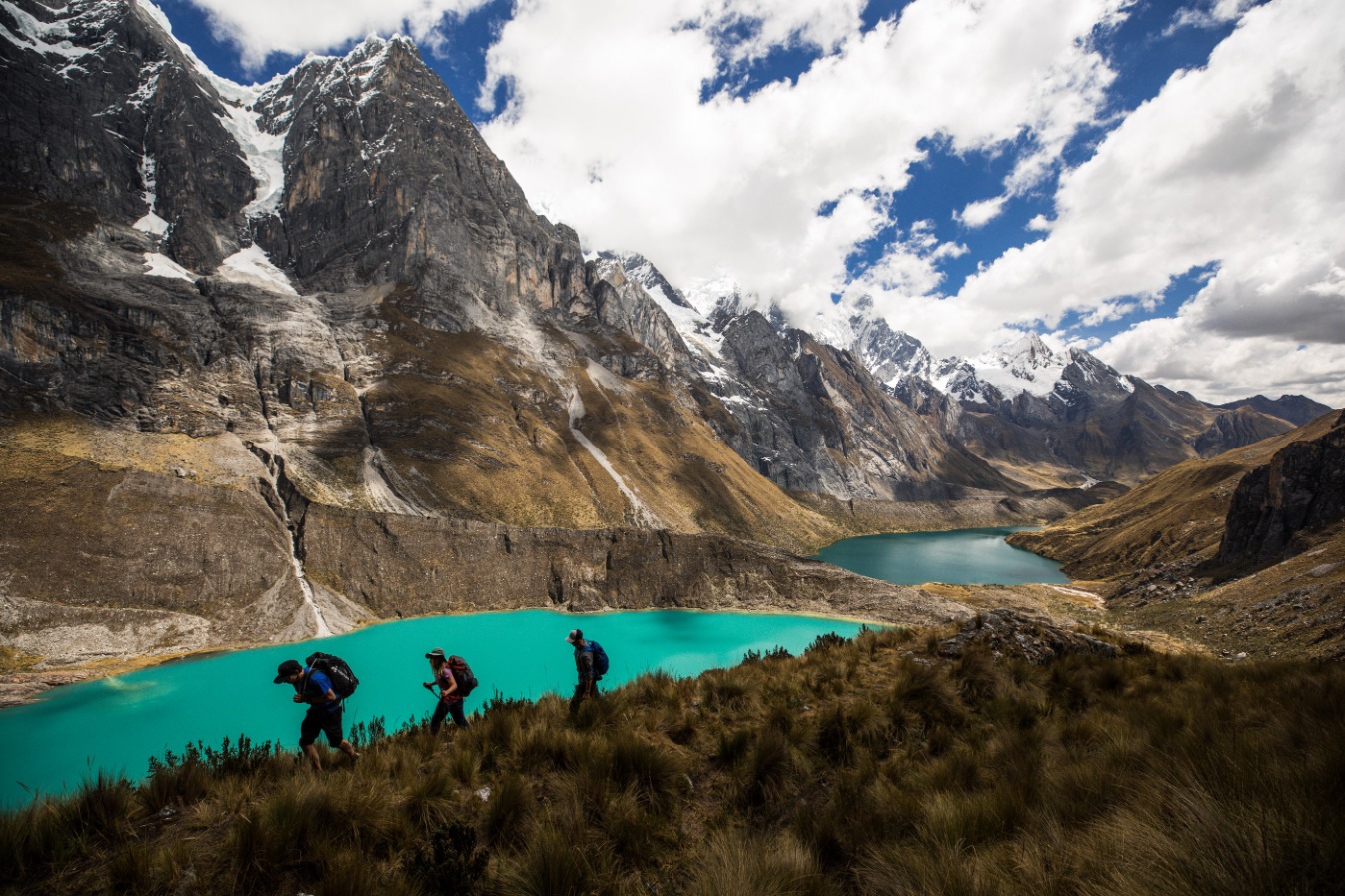
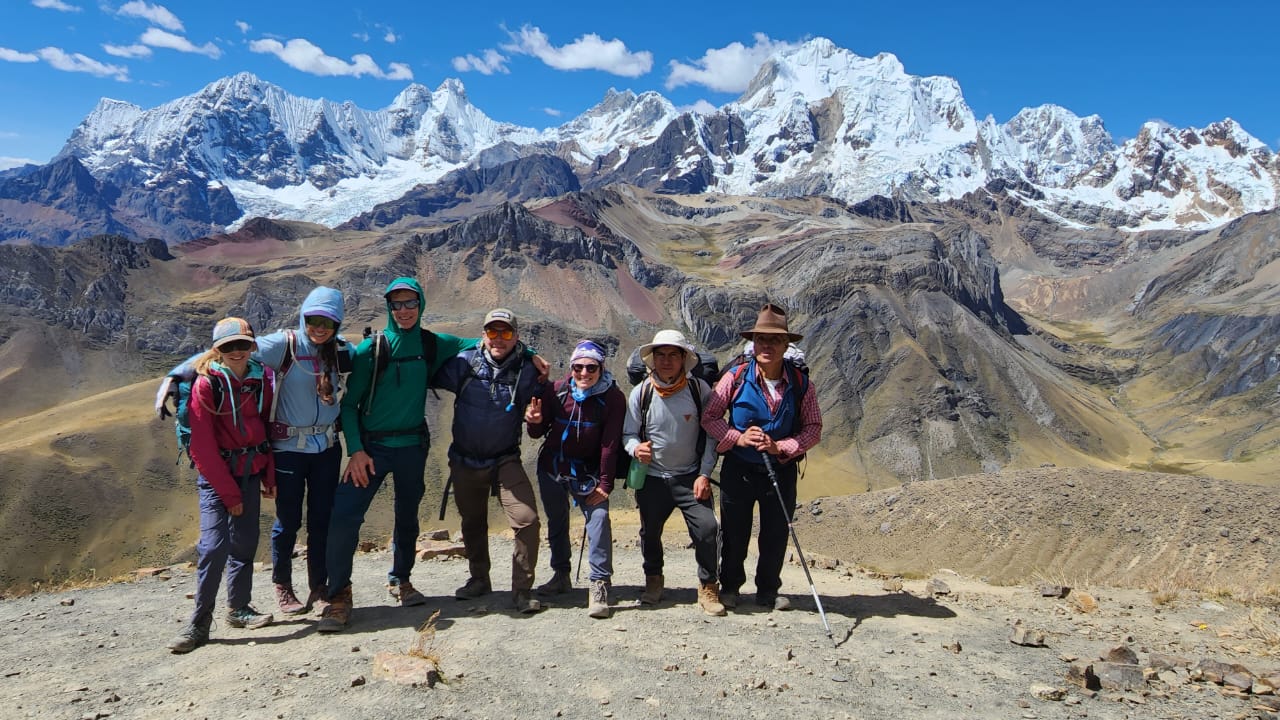
Cordillera Huayhuash Trek
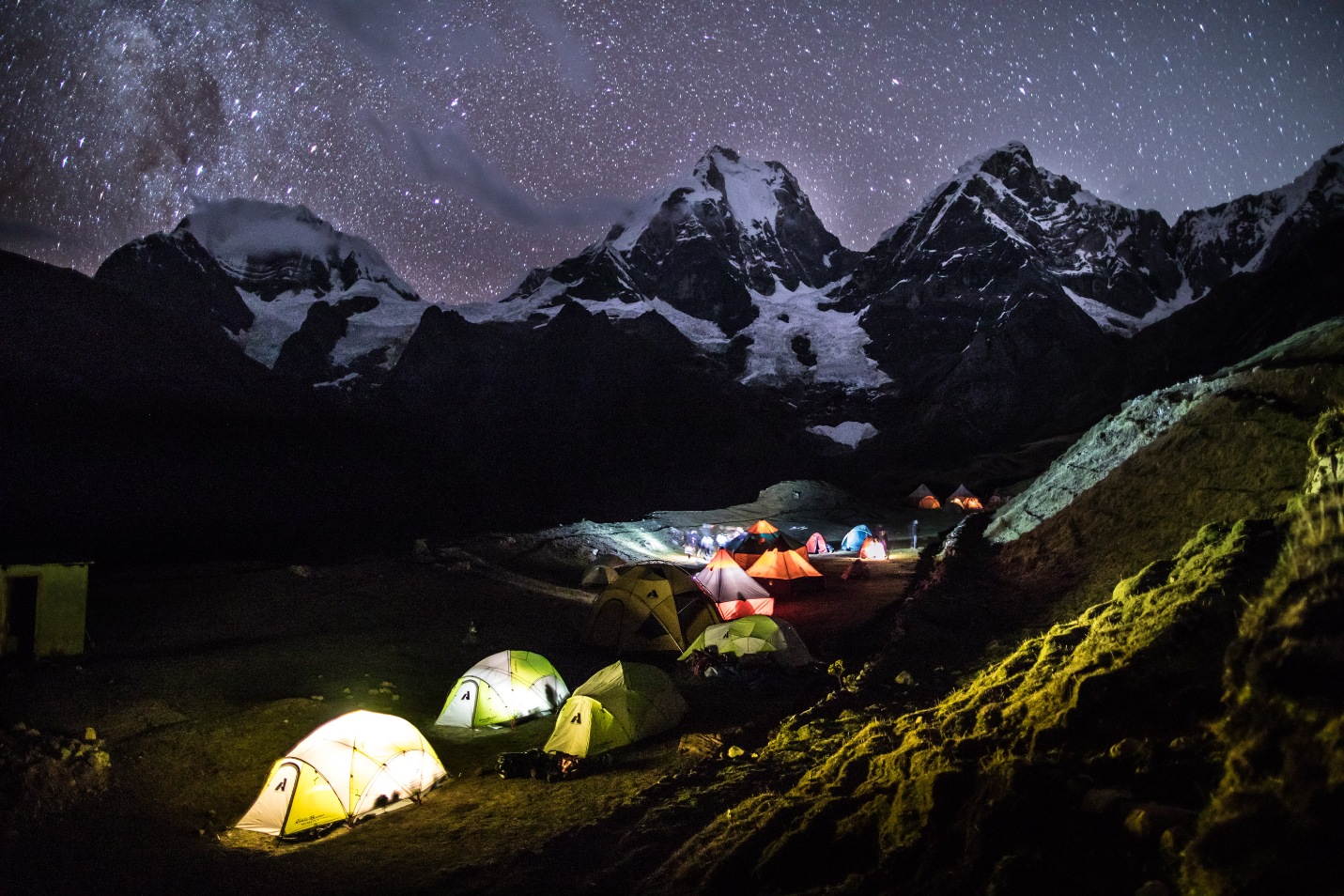
One of the most beautiful multi-day treks on the planet.
The Cordillera Huayhuash is a spectacular mountain range, with sharp, towering peaks looming high above the trekking trails. This 11-day trek is led by a certified mountain guide and is complete with porters so that you can focus on taking in the views rather than carrying a heavy pack.
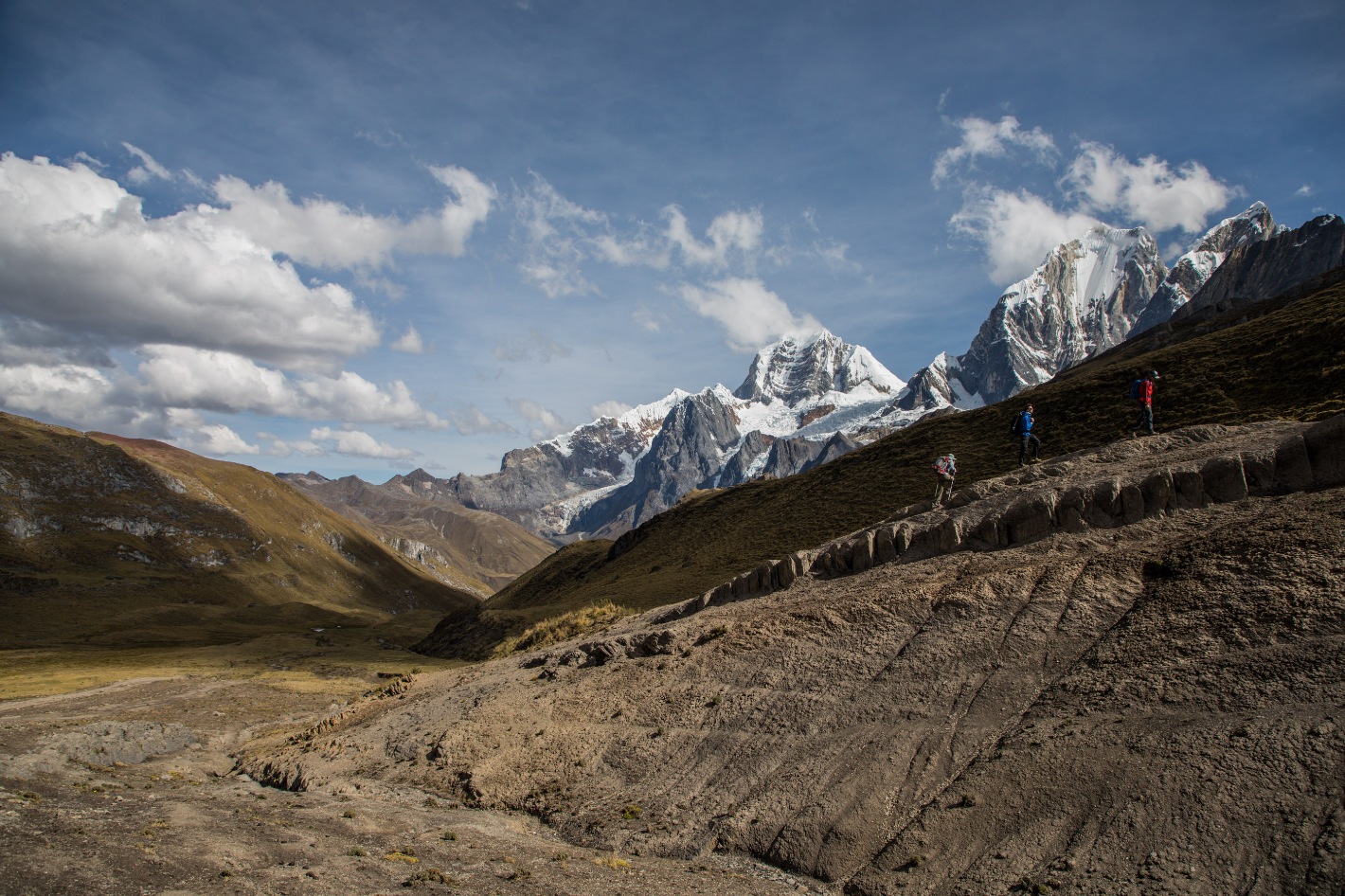
Cordillera Huayhuash Trek Itinerary
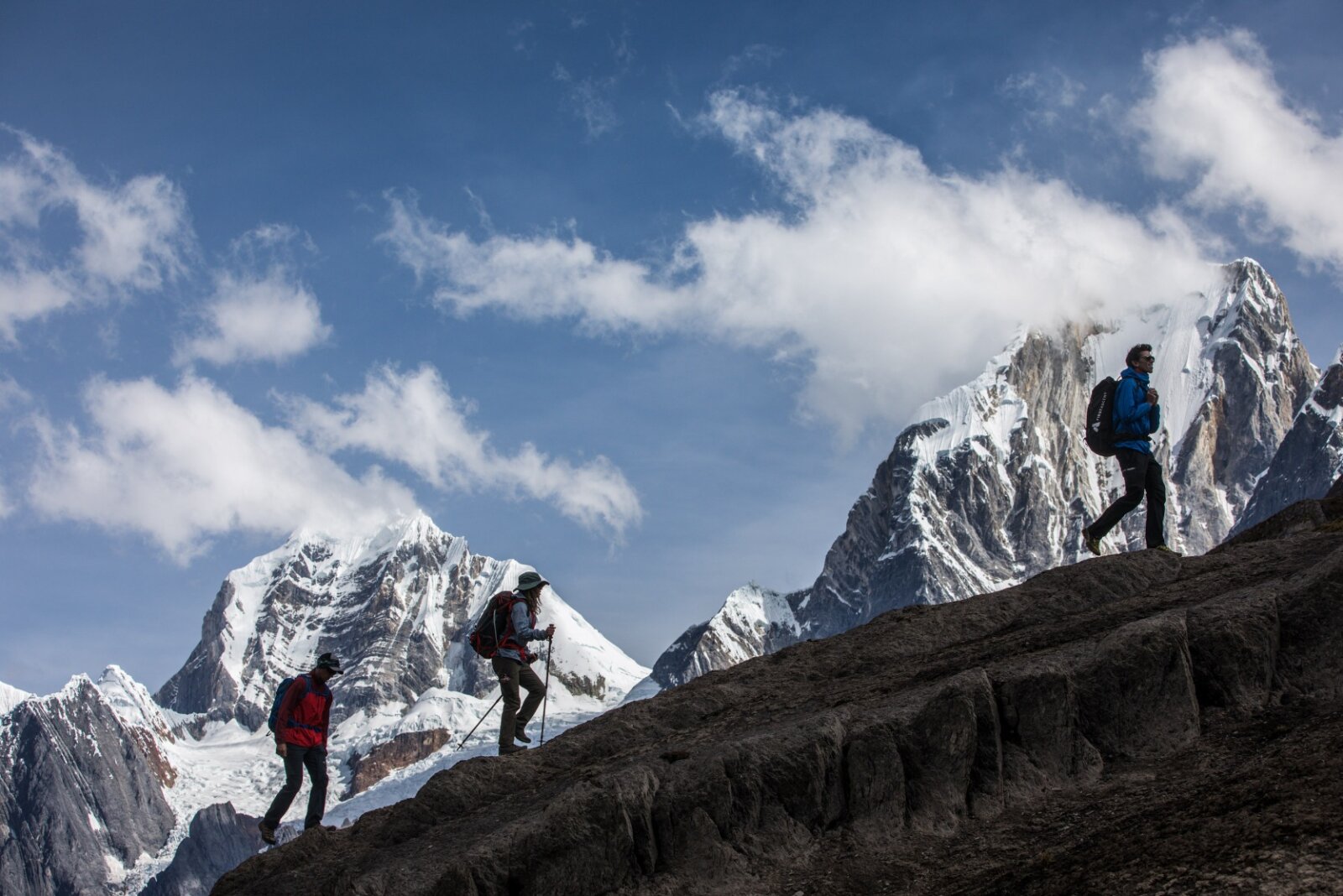
- Day 1
- Arrival
Arrive in Lima in the afternoon or evening. We’ll stay one night in Lima in case of delayed flights, etc.
- Day 2
- Head to Huaraz
Drive to Huaraz (8 hours) where we base out of Olaza’s Guest House, a small but beautiful hotel (10,000’ / 3,050m).
- Day 3
- Acclimatize in Huaraz
Organize and acclimatize in Huaraz. Generally speaking, we can spend this day exploring the beautiful city of Huaraz. This not only gets our legs moving, but really gets our acclimatization process jumpstarted.
- Day 4
- Acclimatize in Huaraz
A second day in Huaraz is spent mountain biking on local trails to continue acclimatization. At the end of two full days in Huaraz, we should be ready to make our drive to the village of Llamac.
- Day 5
- Drive to Llamac and Begin Trek
Drive (4-5 hours) to Llamac (11,152’/3,400m) before beginning our trek. In Llamac, we’ll meet the backbone of our guide(s) and burro team. From here, we’ll cast off towards Cuartelhuain (13,615’/4,150m) following the Quero River. Our total trekking time today will be 5-6 hours.
- Day 6
- Trek to Lake Mitucocha
Today, we tackle our first challenging pass, the Cacananpunta Pass (15,419’/4,700m). We ascend over a 4-5 hour period to the pass which lies on the Andean Continental Divide. Throughout the day, we’ll have views of Ninashanca (18,395’/5,607m) and Rondoy (19,258’/5,870m). From the pass, we’ll descend for 1-2 hours to our campsite on the shores of Lake Mitucocha (14,107’/4,300m).
- Day 7
- Trek to Carhuacocha
Our biggest day of trekking yet – we climb over a second pass called Carhuac Pass (15,255’/4,650m) before dropping into another beautiful valley. Our camp for the night lies on the shores of Laguna Carhuacocha (13,615’/4,150m). Today’s total trekking time should be about 6-7 hours.
- Day 8
- Rest Day
Rest Day in Laguna Carhuacocha. We take this day to enjoy our location deep in the wilderness. For those feeling energized, we can go on an exploration hike in the area.
- Day 9
- Trek to Huayhuash Village
We leave Laguna Carhuacocha and hit our third pass before ending our day in the beautiful village of Huayhuash (14,107’’/4,300m). The Carnicero Pass will be challenging at 15,583’/4,750m, and will once again provide impressive views of the mountains surrounding it. Total walking time today is 6-7 hours.
- Day 10
- Trek to Laguna Viconga
An early start has us leaving the tranquil village and heading towards Lake Viconga (14,419’/4,395m). Our fourth pass of the trek is Portachuelco Pass (15,583’/4,750m) and provides more great views to remote peaks in the Cordillera Raura. We end the day by soaking in the hot springs of Laguna Viconga. Total trekking time today is 5-6 hours.
- Day 11
- Trek to Rinconada
Today we cross our highest pass as we move towards camp in Rinconada. The Cuyoc Pass (16,404’/5,000m) will be difficult, but rewarding. We continue our trek by descending from the pass towards Rinconada where we set up camp for the night. Total trekking time today is 4-5 hours.
- Day 12
- Walk to Huayllay
Today is a much needed easy day of walking through the valley towards the village of Huayllay. From there we ascend a gradual slope up a narrow valley to reach Huatiac (14,107’/4,300m). Total trekking time is 4-5 hours.
- Day 13
- Trek to Gashgapampa
Another day, another pass. We leave Huatian in the morning to move towards Tapush Pass (15,748’/4,800m). From there we descend to Gashgapampa (14,763’/4,500m) where we set up camp. Trekking time is 3-4 hours.
- Day 14
- Trek to Laguna Jahuacocha
From Gashgapampa we head toward Laguna Jahuacocha (13,615’/4,150m) and climb one of our last passes of the trip, Yahucha Pass (15,584’/4,750m). From this pass we will have spectacular views of high peaks, including Yerupaja (the second highest peak in Peru). Trekking time is 4-5 hours.
- Day 15
- Trek to Llamac, Drive to Huaraz
Waking up on the shores of Laguna Jahuacocha, we are now on our last day of trekking. One final pass stands between us and the finish: Pampa Llamac Pass (14,108’/4,300m). After enjoying our last views of the Cordillera Huayhuash, it is time to bring our trek to a close. A couple more hours will bring us out of the mountains, to the small village of Llamac. From here, we will travel by vehicle back to Huaraz.
- Day 16
- Leave for Lima
We depart from Huaraz back to Lima to catch our flights (after 11pm). Say goodbye to your team and head home!
